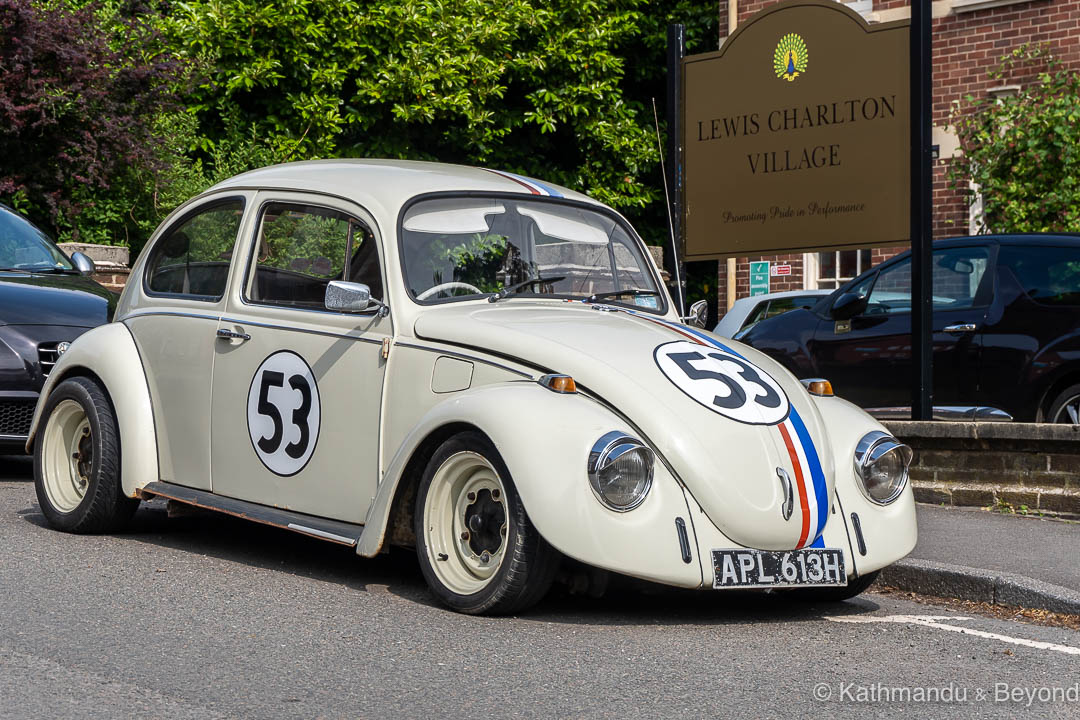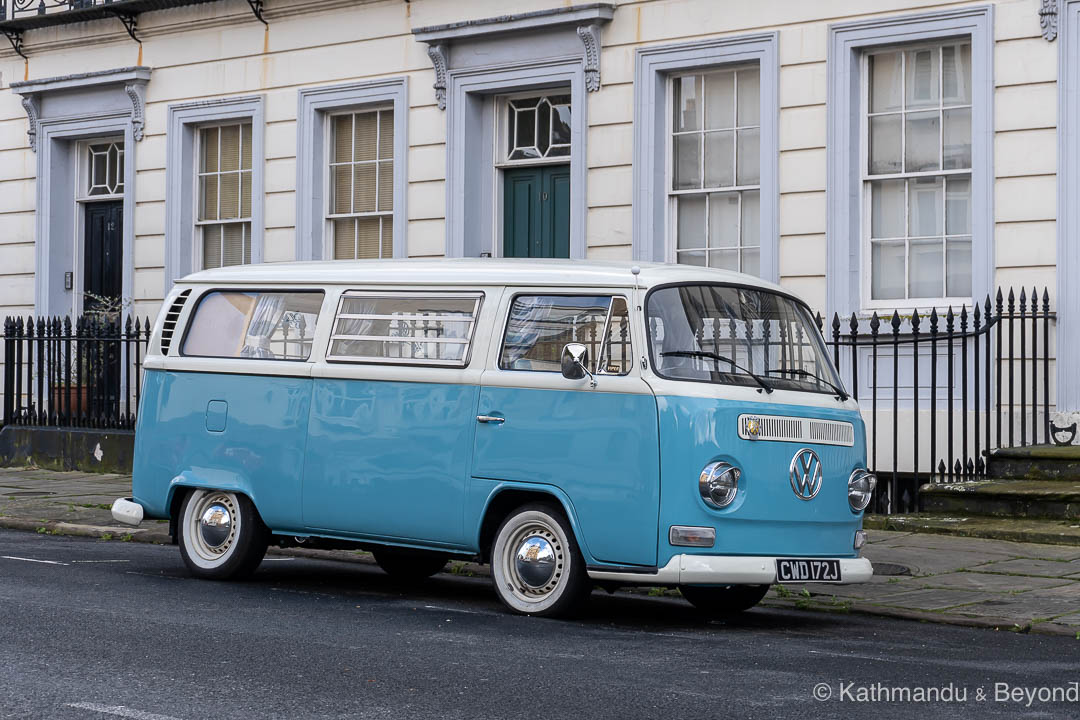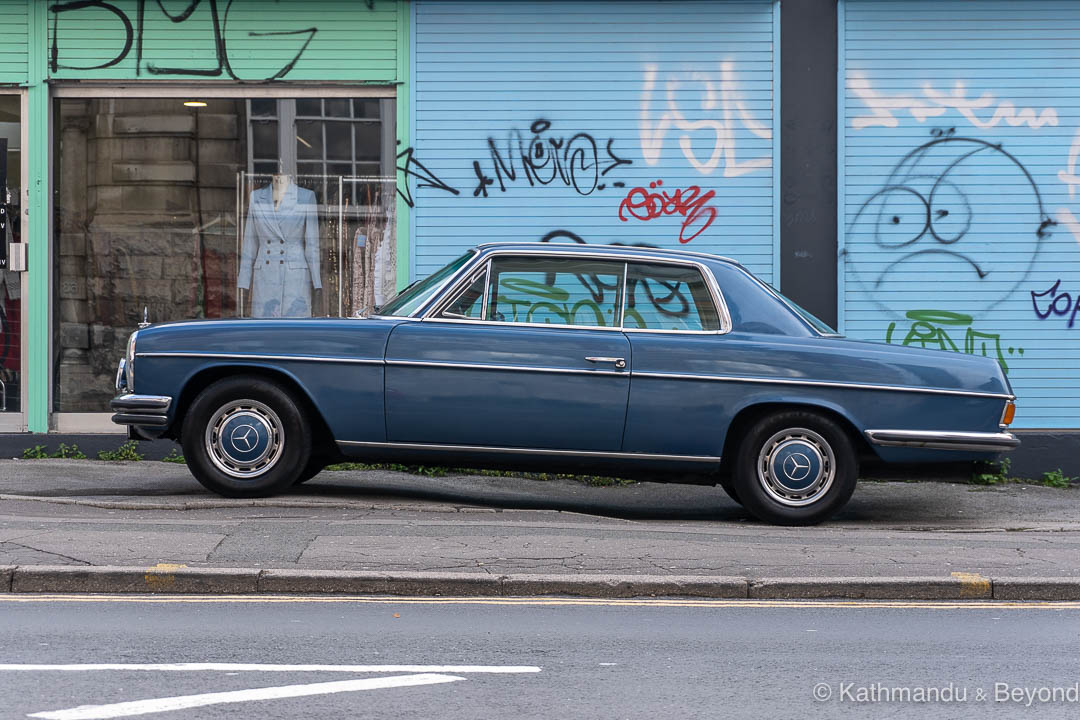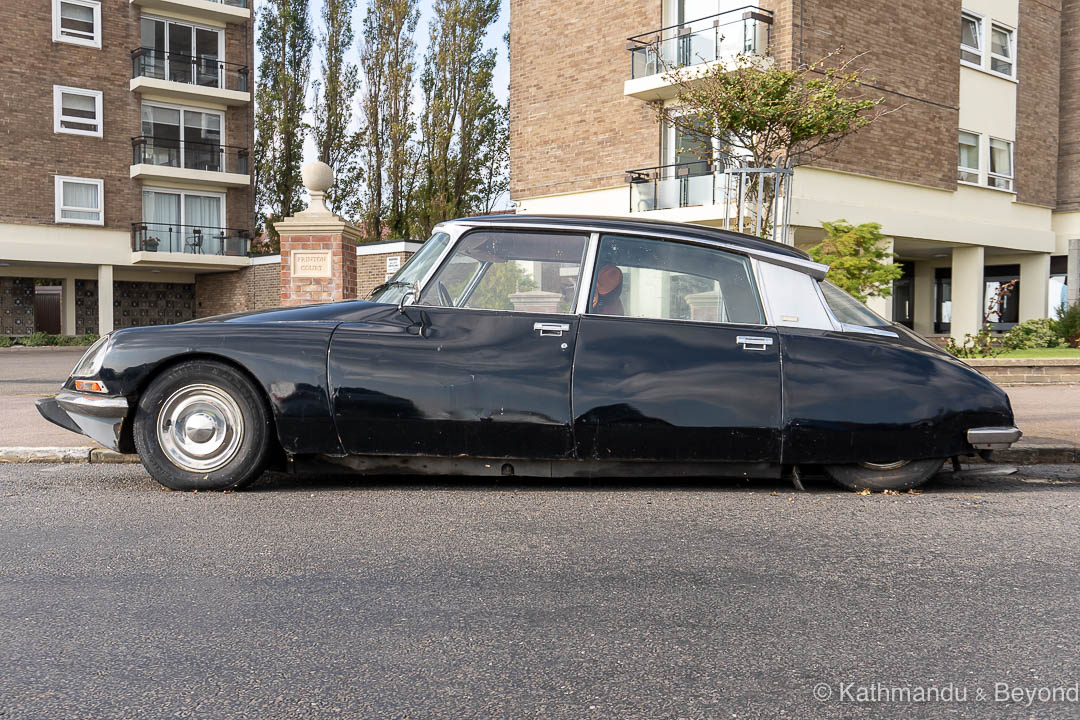Back in the early half of 2021, we decided to buy a car and travel around the British Isles. From early May through to the end of October 2021, we drove approximately 5,550 miles (8,850 kms) and visited dozens of cities, towns and settlements. We go into more detail about why we decided to journey around the UK, how we did it, and where we went in our post What we got up to in 2021 (and our plans for 2022. But, when we began to add highlights to the same article, it started to become ridiculously long so, instead, we have created this photo-based post to show some of the marvellous stuff we saw, breaking it down into categories to give the post some kind of structure.
We know London well and have spent a great deal of time exploring the city but, as it wasn’t part of the road trip, it isn’t featured here.
Additionally, 20th-century architecture was one of the primary inspirations for us taking the trip and we saw some cracking examples of brutalism and pre- and post-World War II modernism. But, apart from getting a mention in some of the categories below, I haven’t given architecture much coverage in this post. Instead, my next project will be to try and figure out how best to showcase our (now rather extensive) collection of British buildings – either along the same lines as Architectonic or in a post, as we’ve done with London’s Art Deco and early modernism as well as the city’s brutalism and post-war modernism.
Cities
Cities we enjoyed spending time in included Glasgow, Liverpool, Oxford, Sheffield, Nottingham, Newcastle and Norwich.
With the last one, Norwich, we were shocked by how pleasant the city was. We are both big fans of Steve Coogan’s Alan Partridge and in his various sitcoms, the character regularly mocks Norwich and implies it is a bit of a nothing place. We visited the city with this preconceived notion and, if truth be told, our primary reason for going there was to see a piece of Alan Partridge street art! But, with one of the largest cathedrals in the country, a medieval castle, and attractive cobbled lanes and alleyways, we came away thinking Norwich was actually a pretty nice place!
If we had to pick a favourite city, however, it would be Liverpool with Glasgow coming in a close second. Both places kept us extremely busy and had plenty of what we look for in a city, namely architecture, street art, a friendly vibe and an interesting centre. We also like a smidgen of grittiness and a riverside location.
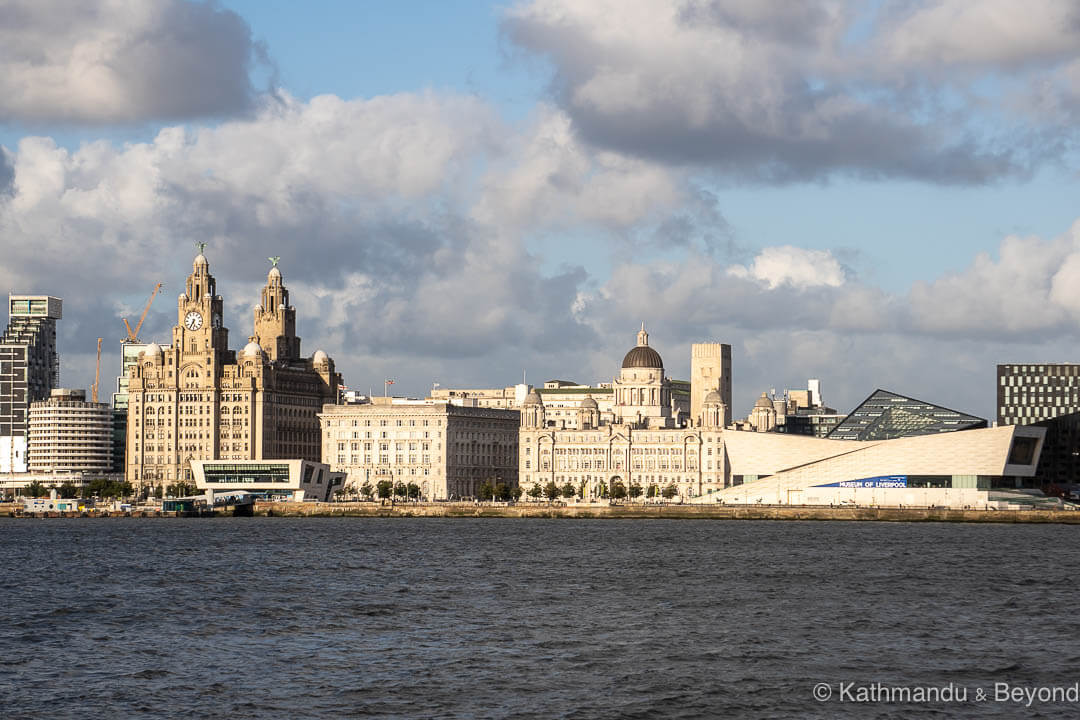
Although Glasgow’s position on the River Clyde is great, the Mersey, and everything associated with it, ultimately gave Liverpool the edge for us. We stayed across the water in Birkenhead and took the iconic, and now rather colourful, Mersey Ferry back and forth to Liverpool each of the five days we were there. With the recent addition of a number of contemporary developments, such as the Museum of Liverpool and Pier Head Ferry Terminal, you can see why Liverpool had its UNESCO Maritime Mercantile City status revoked in July 202. However, the sweeping view of the city from the water, which includes landmark structures such as the Royal Liver Building and Liverpool Cathedral, is still a majestic sight and an integral part of Liverpool’s identity. Besides, we both liked the contemporary architecture on the waterfront and thought it blended in quite well.
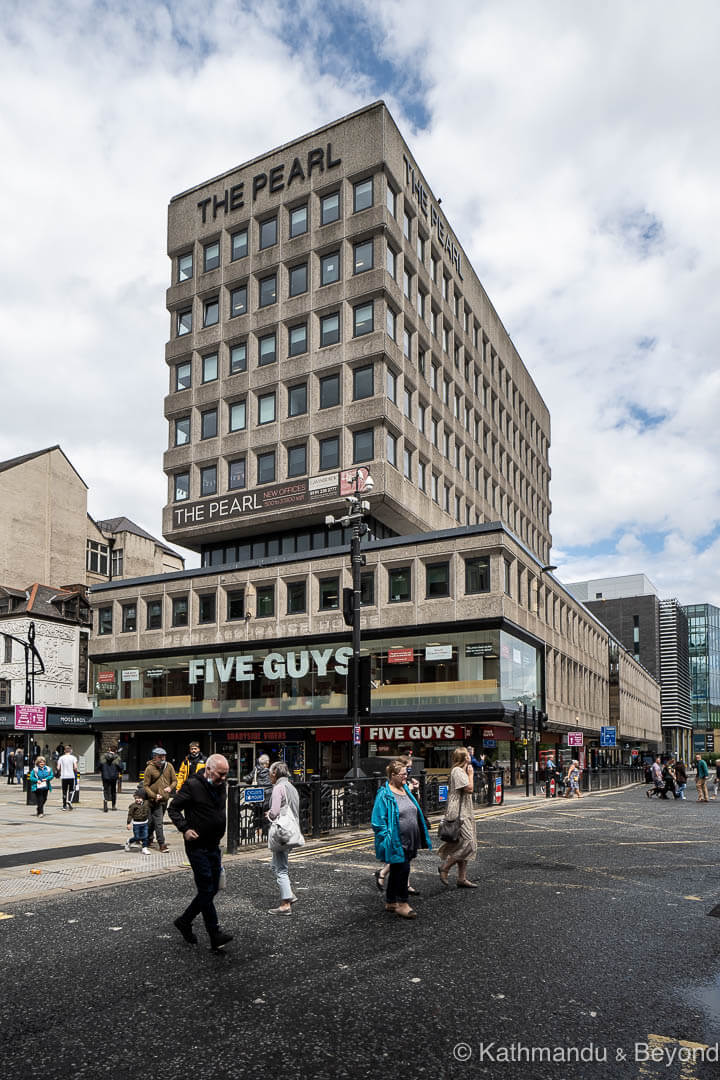
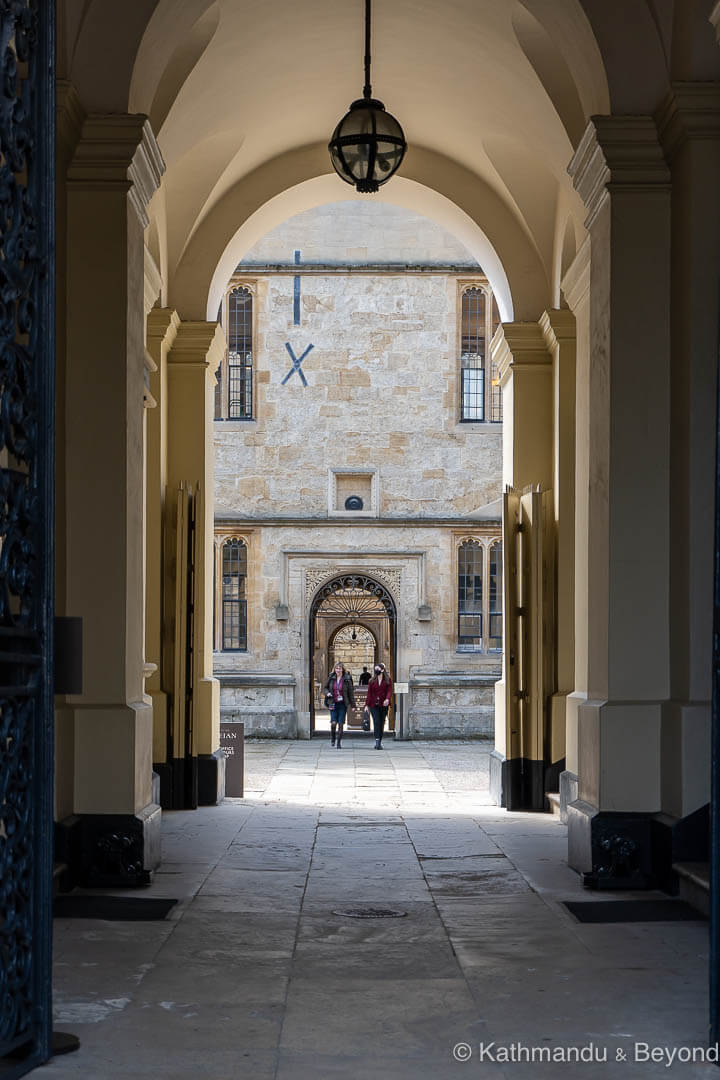
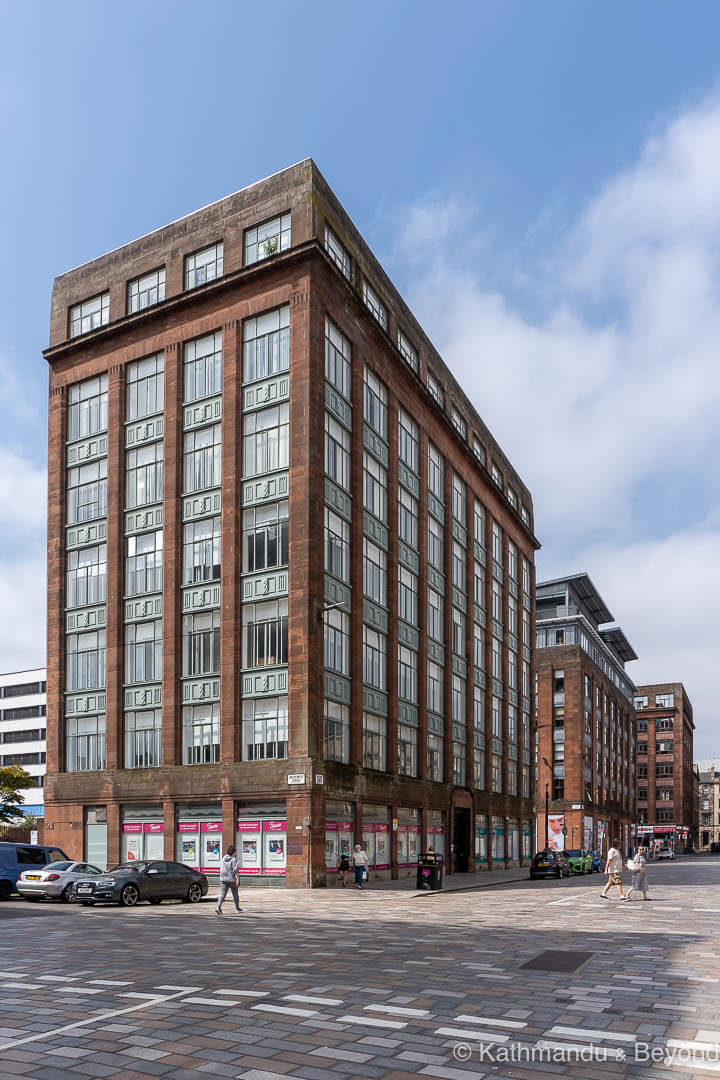
Scenic locations
Being predominantly urban people, we’ll be the first to admit that we didn’t spend too much time visiting picturesque spots around the UK during the course of our road trip. That said, we aren’t unappreciative of a pleasant view and would stop, and even make a detour to take in some of Britain’s breathtaking countryside as and when the opportunity presented itself.
We especially enjoyed the drive along the picturesque sections of the A69 from Hexham as far as Housesteads Roman Fort, aka Hadrian’s Wall, in the northeast of England. Likewise, the coastal footpath from Craster to Dunstanburgh Castle was incredibly striking. However, our award for scenic locations goes to Halnaker Windmill near Chichester in West Sussex. Not only is the windmill splendidly isolated, but it is reached via Mill Lane, a public footpath that is lined with a tunnel of trees that reminded us of the Tunnel of Love near the city of Rivne in western Ukraine.
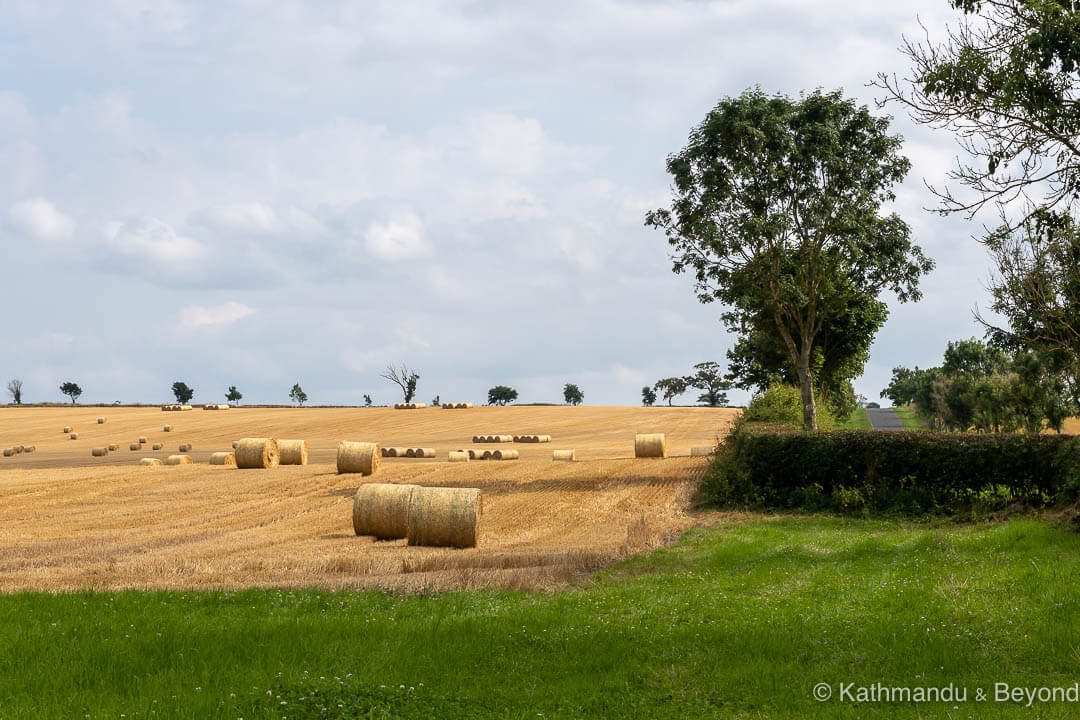
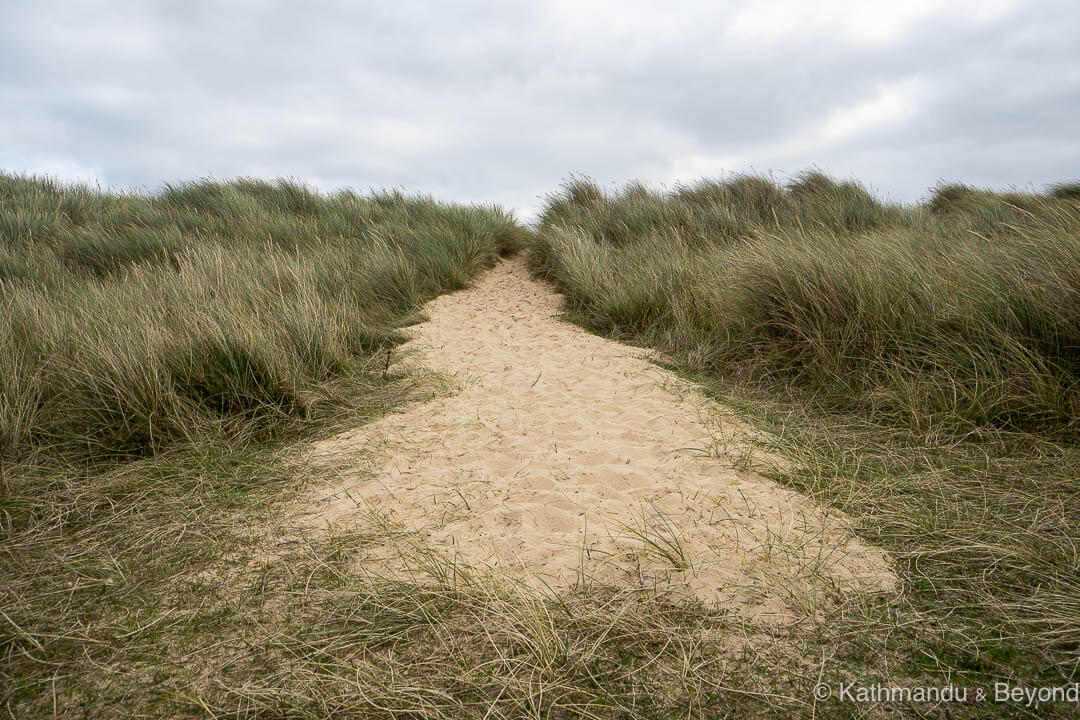
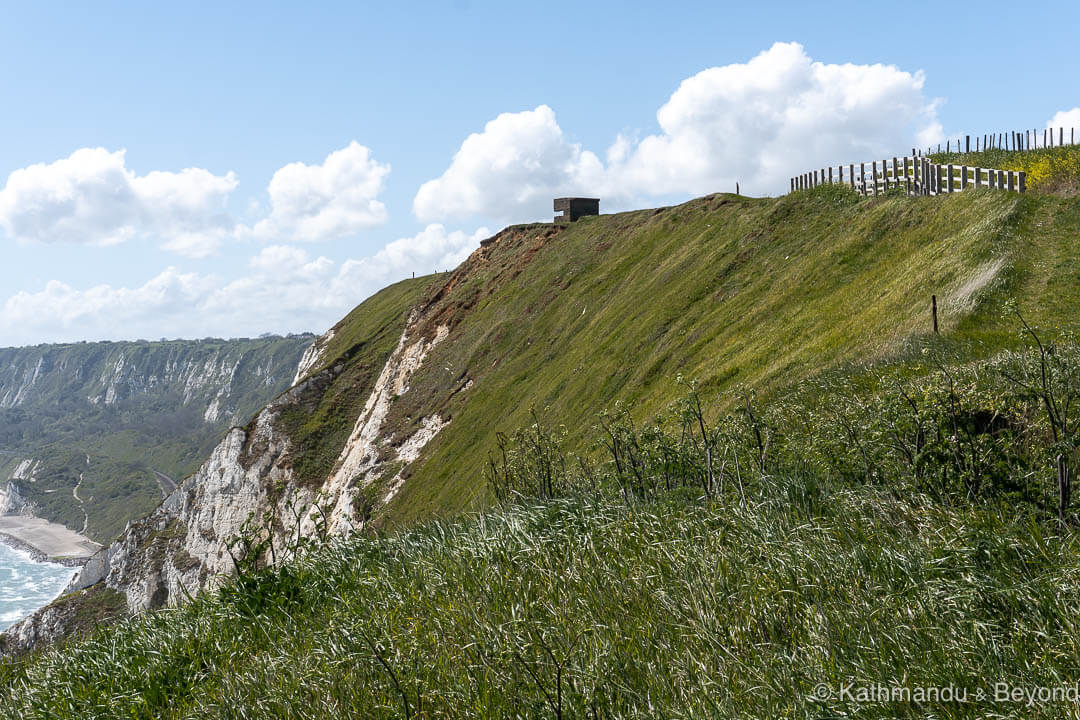
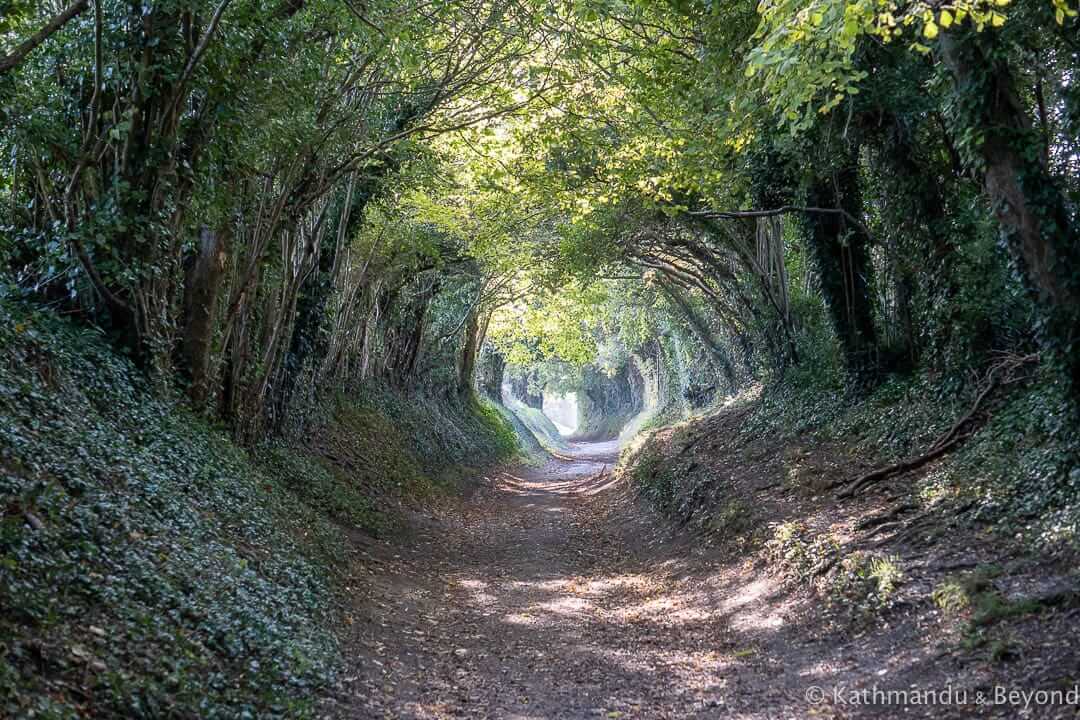
Cathedrals and churches
As part of our quest for brutalist and modernist buildings, we discovered some amazing, and extremely audacious, 20th-century ecclesiastical architecture during our travels around Britain. As mentioned in the abridged highlights section of our What we got up to in 2021 (and our plans for 2022) post, Liverpool Metropolitan Cathedral tops the bill for both of us and, I would even go as far as to say that it is one of the more impressive structures I have seen anywhere, let alone in the British Isles.
We were also in awe of Coventry’s modernist Anglican cathedral, a place that my side of the family has a particular connection with as my dad’s cousin, Colin Bennetts, was the Bishop of Coventry from 1998 to 2008.
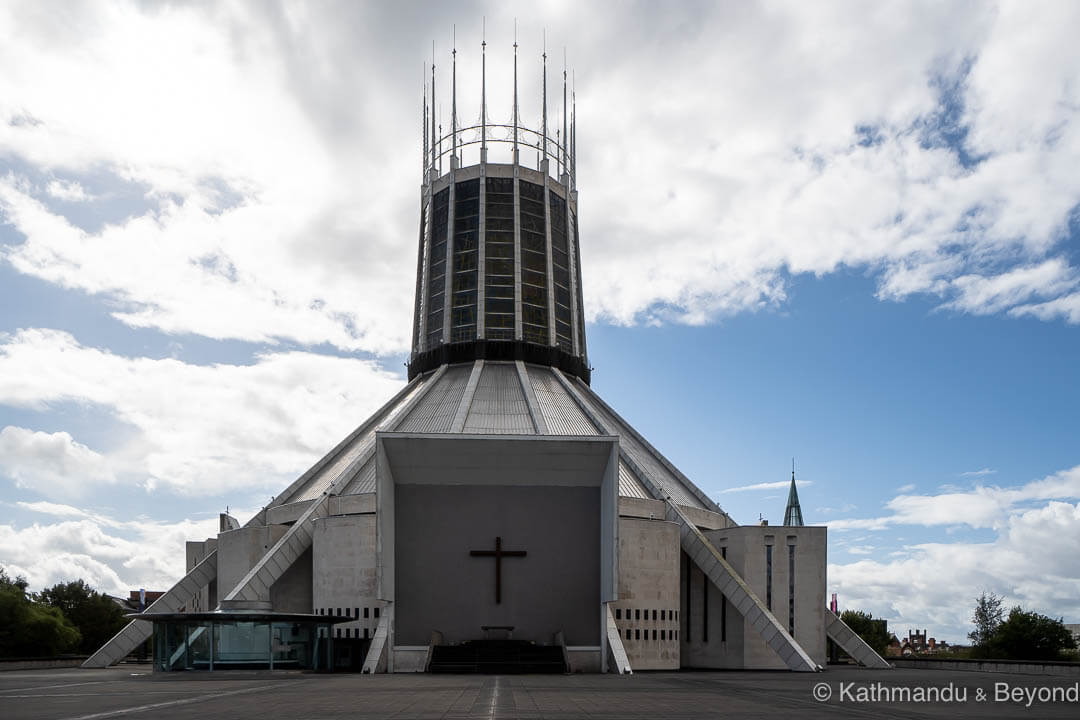
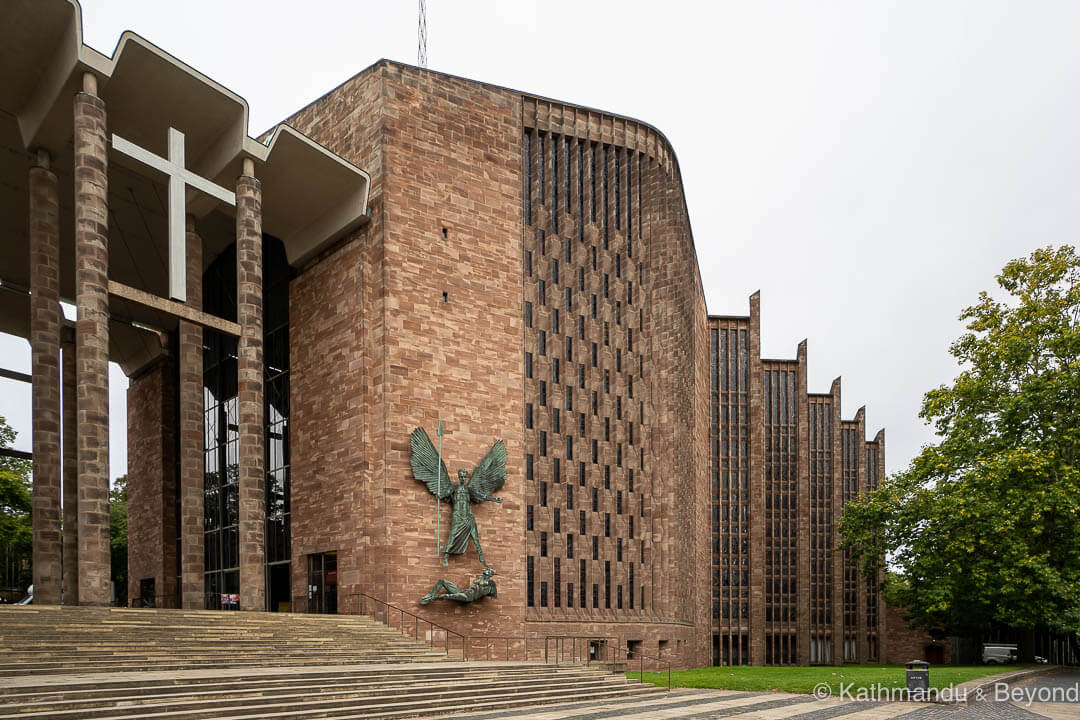
Away from the cities, we also saw some equally ambitious, but less well-known church architecture in smaller towns and settlements. Those that left their mark included the brutalist-style Our Lady Help of Christians Church in the Tile Cross area of Birmingham, the spikey Trinity Methodist Church in Congleton (Cheshire) and the stocky Roman Catholic Church of St Monica in the Merseyside town of Bootle.
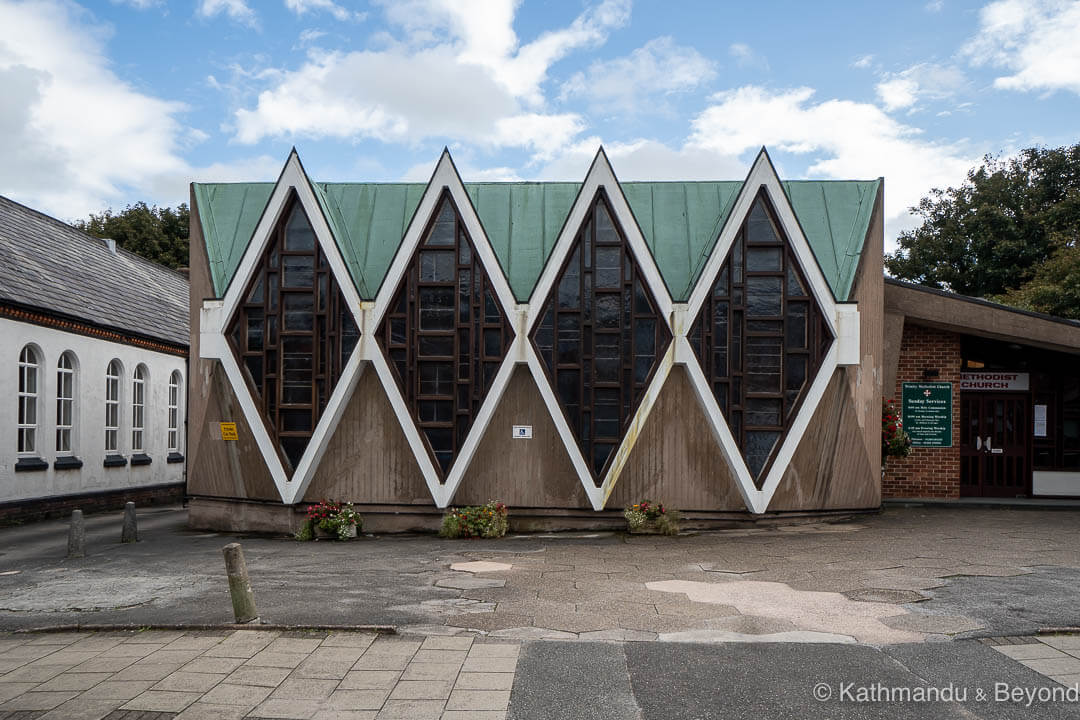
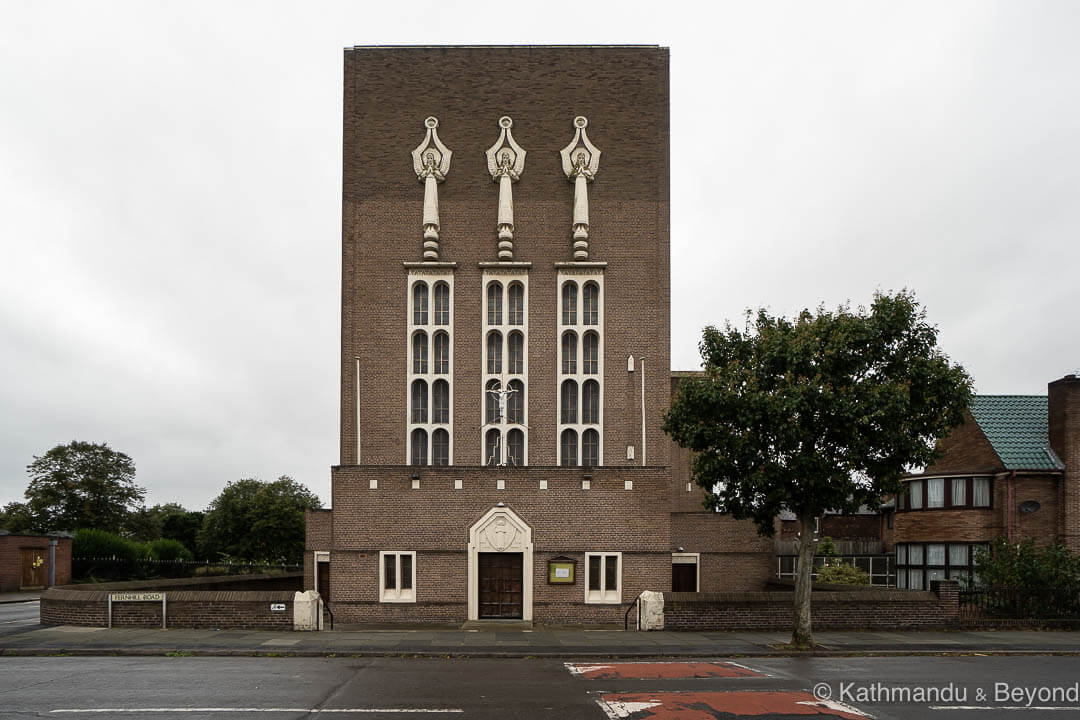
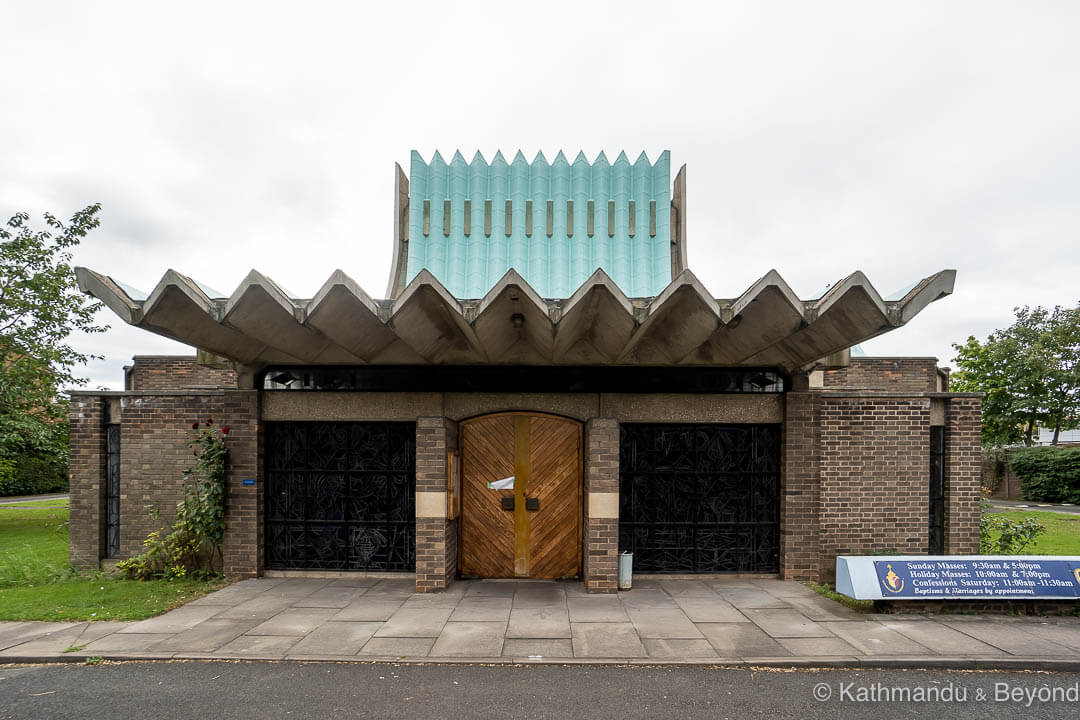
And final, we also have a shame alert!
We lived in Guildford in Surrey for about 7 years, and we still have a property there, but it was only during this trip that we went to properly visit the town’s Grade II* listed cathedral. In fact, we went twice in a couple of days because it was sunny the first time we visited and given the place was used as a filming location for the 1976 horror movie, The Omen, we decided it would look better in moody light!
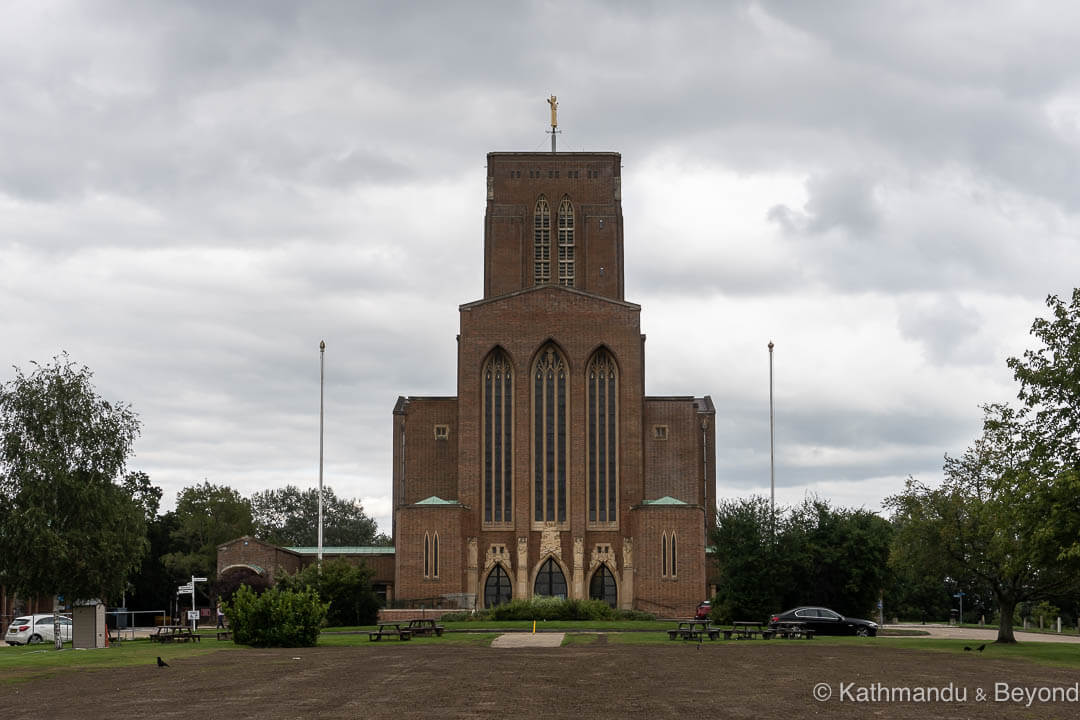
#AccidentallyWesAnderson
Colourful, retro, abstract, weird and dreamlike – we often see a building or a scene that we think would fit the criteria for a Wes Anderson movie. Here are some of the examples we spotted on this trip, which we will eventually add to our #AccidentallyWesAnderson post.
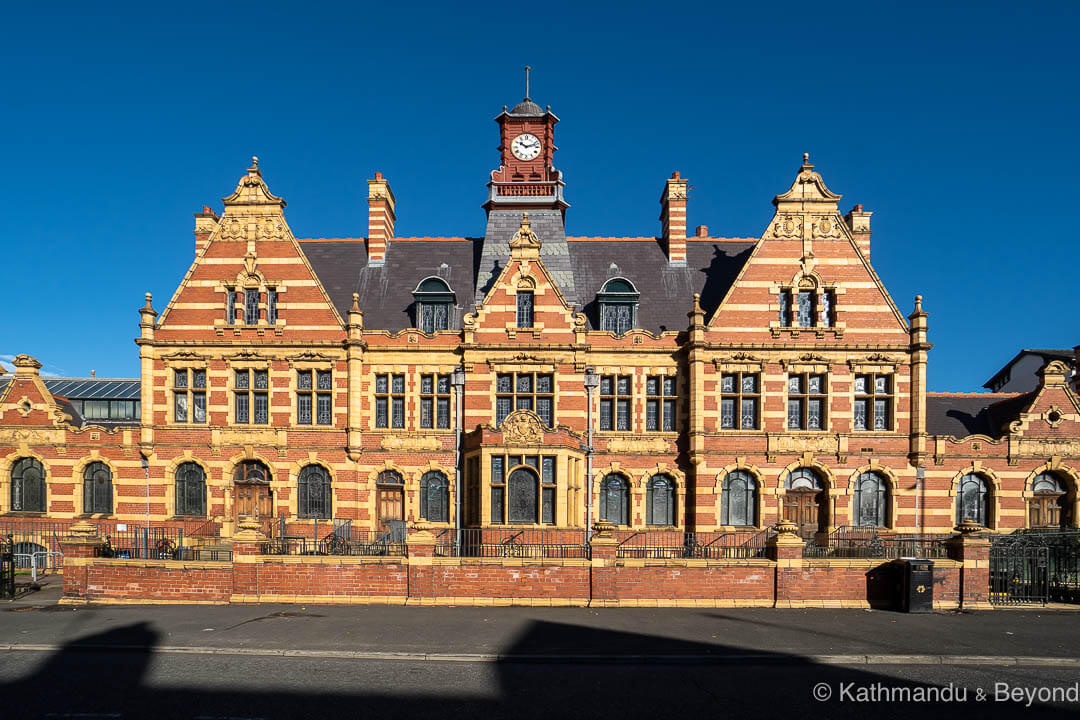
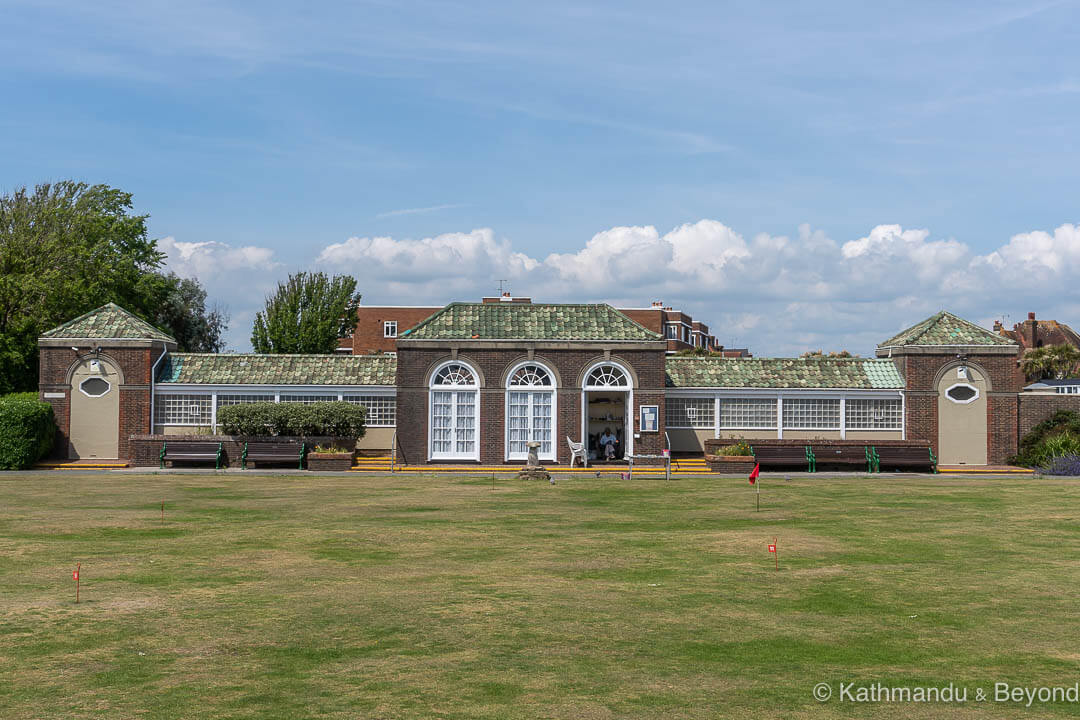
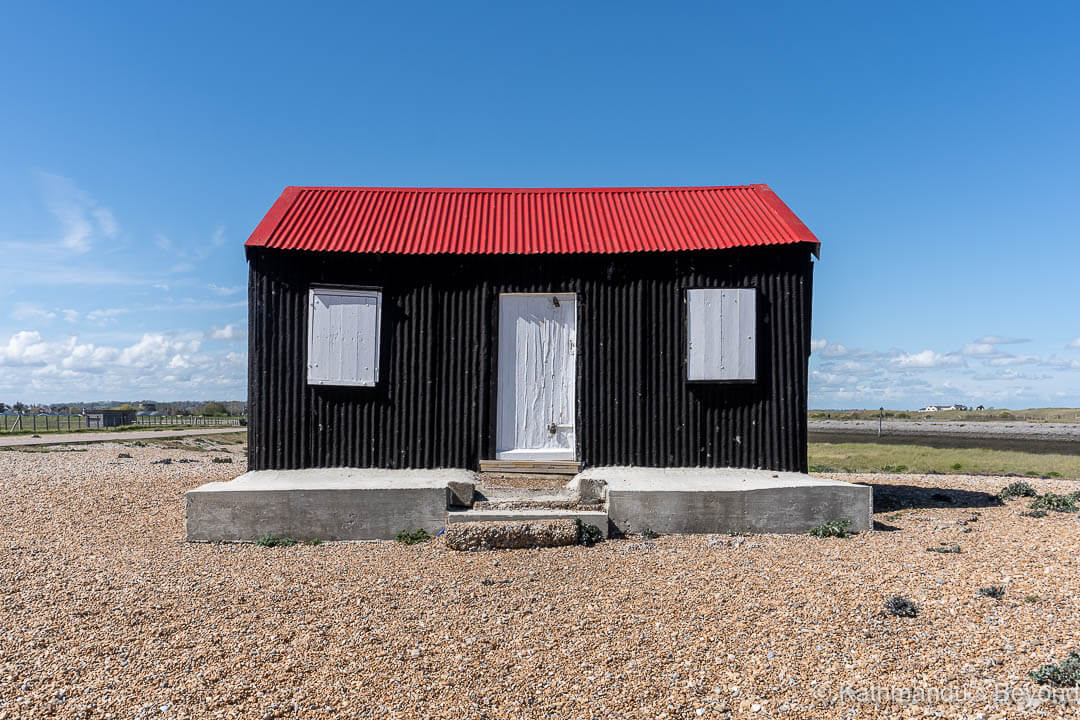
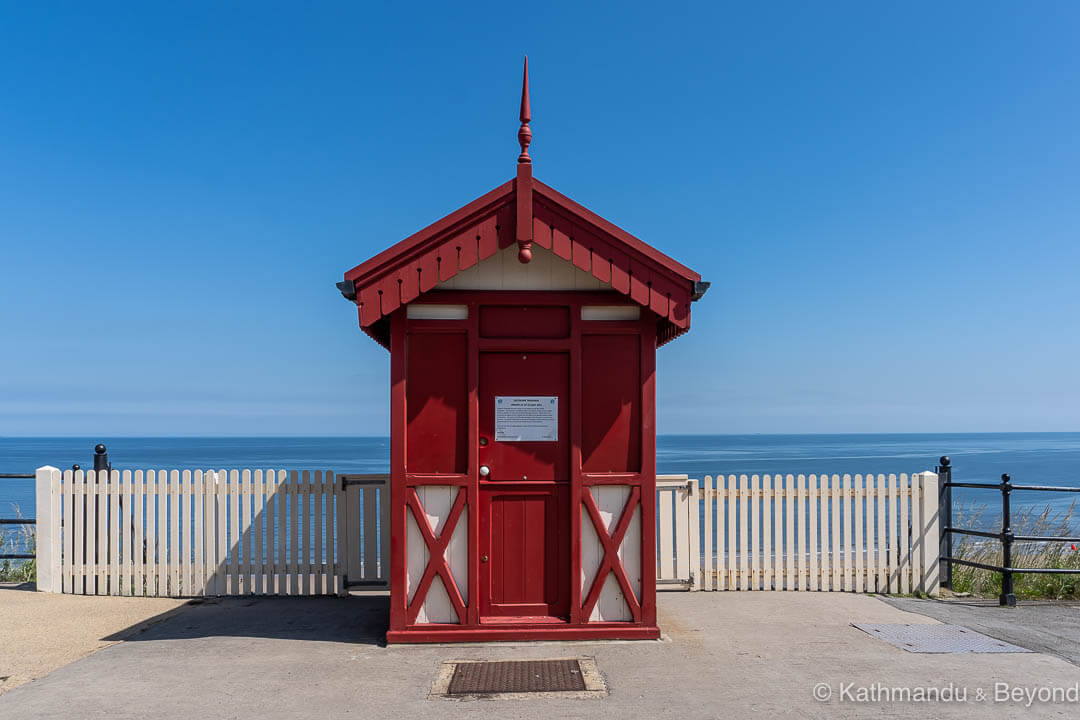
Seaside resorts and coastal towns
One of the aims of our travels around the UK was to see as much as we could of the country’s magnificent coastline. But, we also wanted to visit some of the resorts and towns synonymous with the British seaside, places we were all too familiar with in name but had never been to before even though we are both beginning the uphill slog into middle age.
We managed to see decent swathes of the south coast, from Dover through to Bournemouth, as well as coastal areas in Essex, Norfolk and Suffolk. We also spent time on the Lancashire seaboard and also the Yorkshire coastline on the opposite side of the country and, throughout, none of the resorts and towns we spent time in disappointed us. This was either because they were simply attractive places to be, or because they had an element of all-the-fun-of-the-seaside tackiness about them, which also appealed to us.
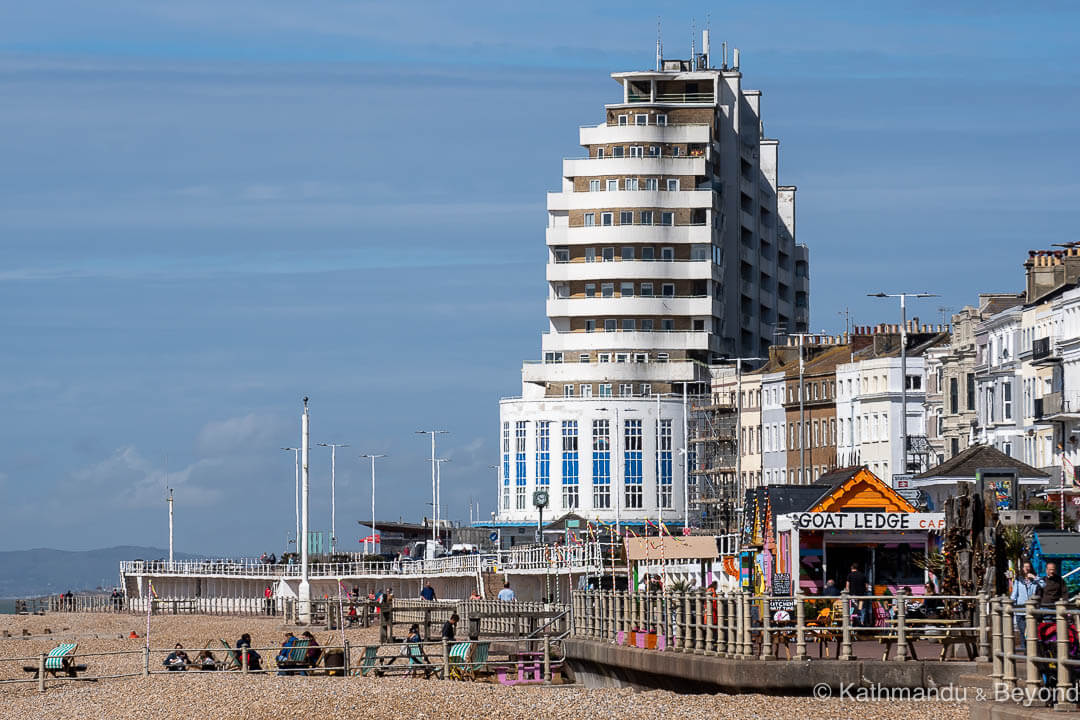
Blackpool topped the bill for us in this last category. The (sandy) beach at Lancashire’s premier seaside resort is a stunner and it extends for, what seems like ever. The iconic Blackpool Tower, which was once the tallest man-made structure in the British Empire, looked fantastic as did The Illuminations, which we timed our visit in order to see. We spent ages wandering along the promenade, as well as the streets inland from the main drag. But, we also realised that to enjoy Blackpool for what it is, we needed to succumb to the cacophony of noise in the penny-arcades, people-watch on the front, and devour at least one plate of fish and chips in a chippy that was last decorated in the 1960s (*). We did draw the line at taking a ride in a horse-drawn Cinderella carriage but, apart from that, we absorbed all Blackpool had to offer with full gusto and enjoyed it a great deal.
(*) Check out the Palma Cafe if you ever visit Blackpool – the bolted down, slide in bench-style seating, old-school waitresses, plastic bottles of ketchup and brown sauce on the tables, and yummy fish & chips – the perfect seaside combo!
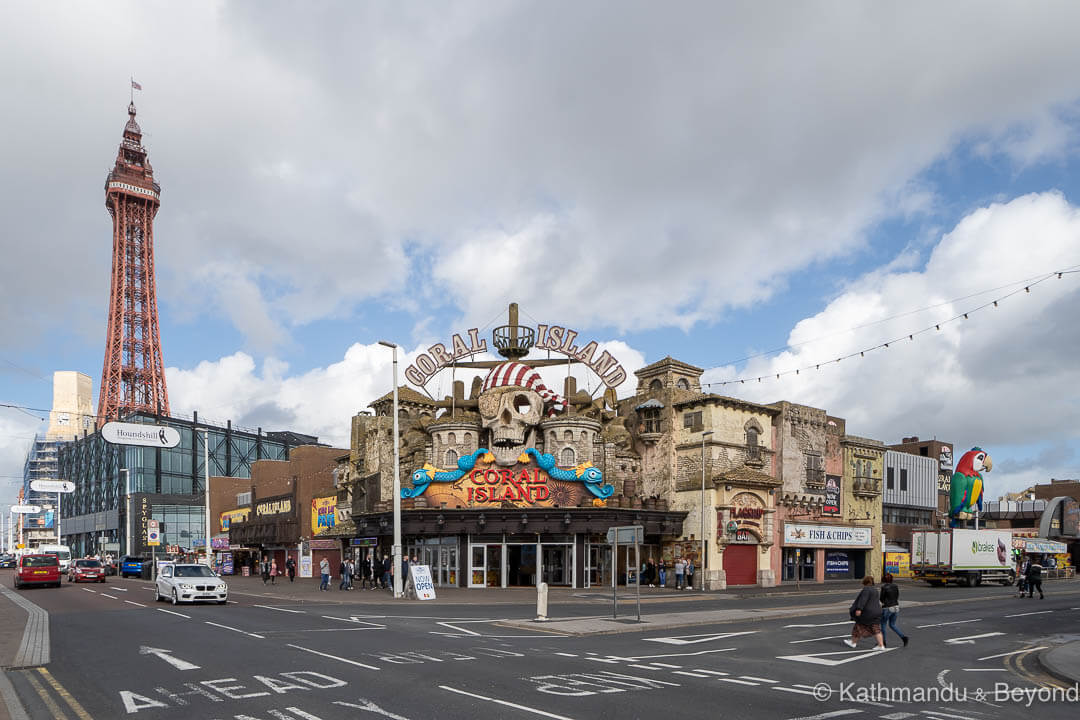
The south coast towns of Hastings, Bexhill-on-Sea and Worthing all fell into the category of simply nice spots in which to spend time, with the latter, Worthing, being the sort of place we could see ourselves living out our twilight years!
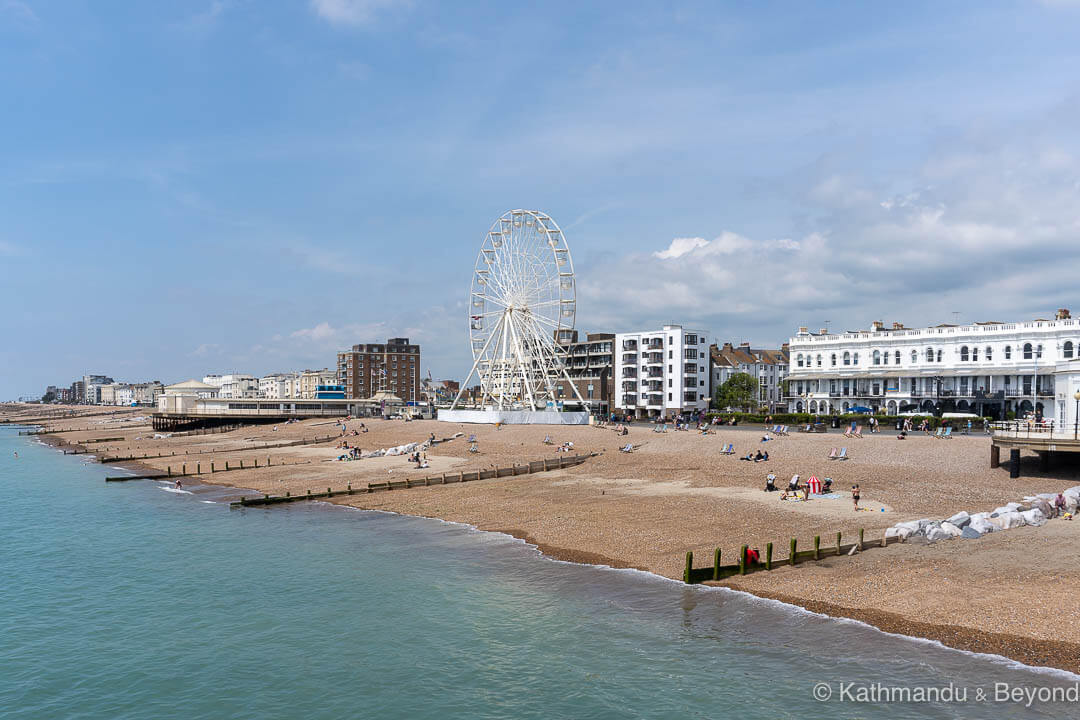
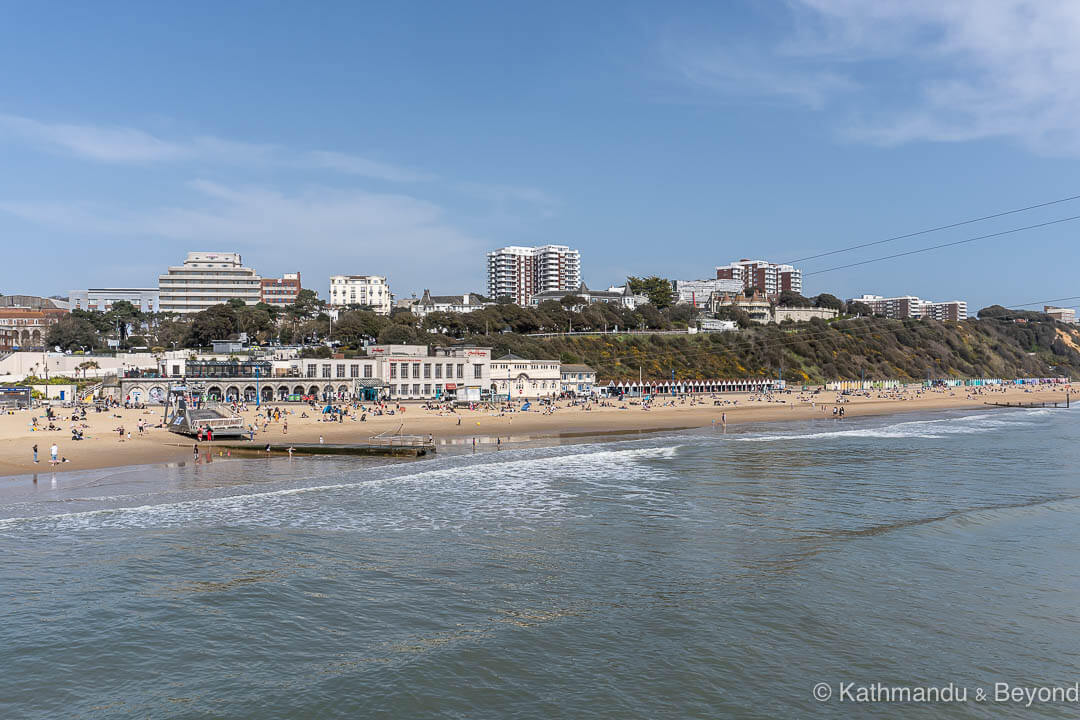
The seaside resort that surprised us the most, however, was Scarborough in North Yorkshire. Our preconceived notion of what Scarborough would be like was way off the mark. We were expecting the place to be rather kitsch and a bit tired-looking but it was far from it. It helped that we visited on a gloriously sunny day but even without blue skies and sunshine, Scarborough would have appealed to us because of its impressive setting. We were taken by the crescent-shaped sandy beach, which is flanked by the formidable Grade II* listed Victorian-era Grand Hotel to the south and the town’s impressive medieval castle, which also gets a mention in the castles, abbeys and priories section below, to the north.
We also happened to have the best fish and chips of the entire trip in Scarborough, with the only thing diminishing our enjoyment of sitting on the beach wall eating our paper-wrapped lunch being the humungous, and aggressive seagulls which would swoop in and have a pop whenever the opportunity arose!
We have two subsections to add to this category – beach huts & seafront shelters, and piers, both of which we can’t help but photograph ten to the dozen when we come across them.
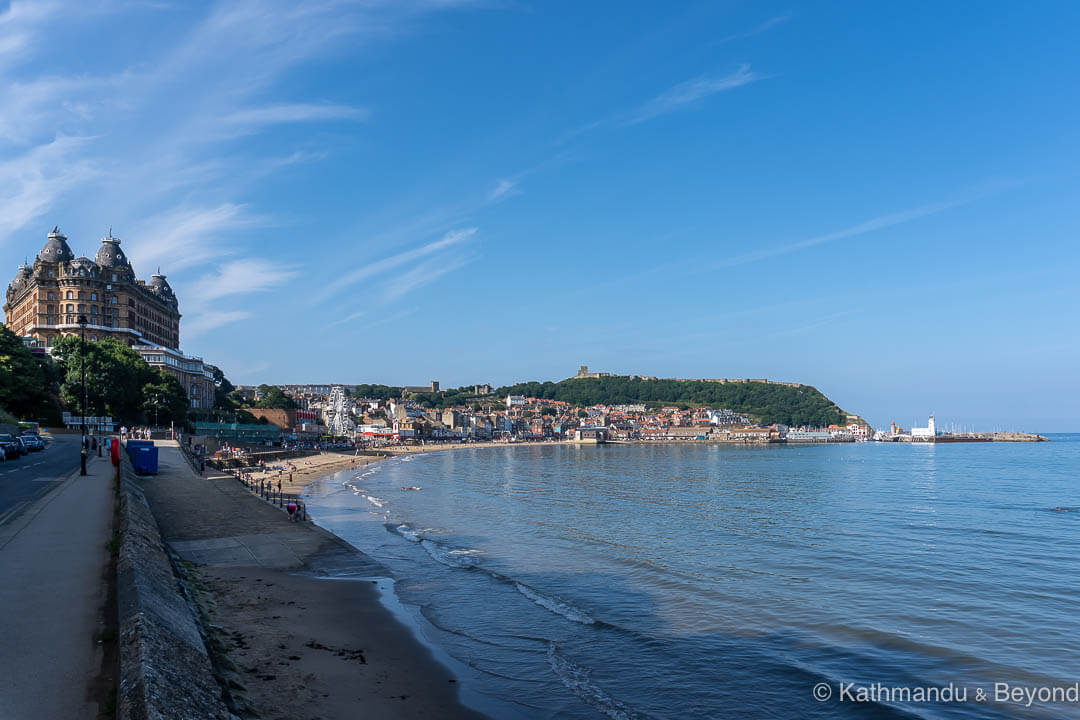
Beach huts & seafront shelters
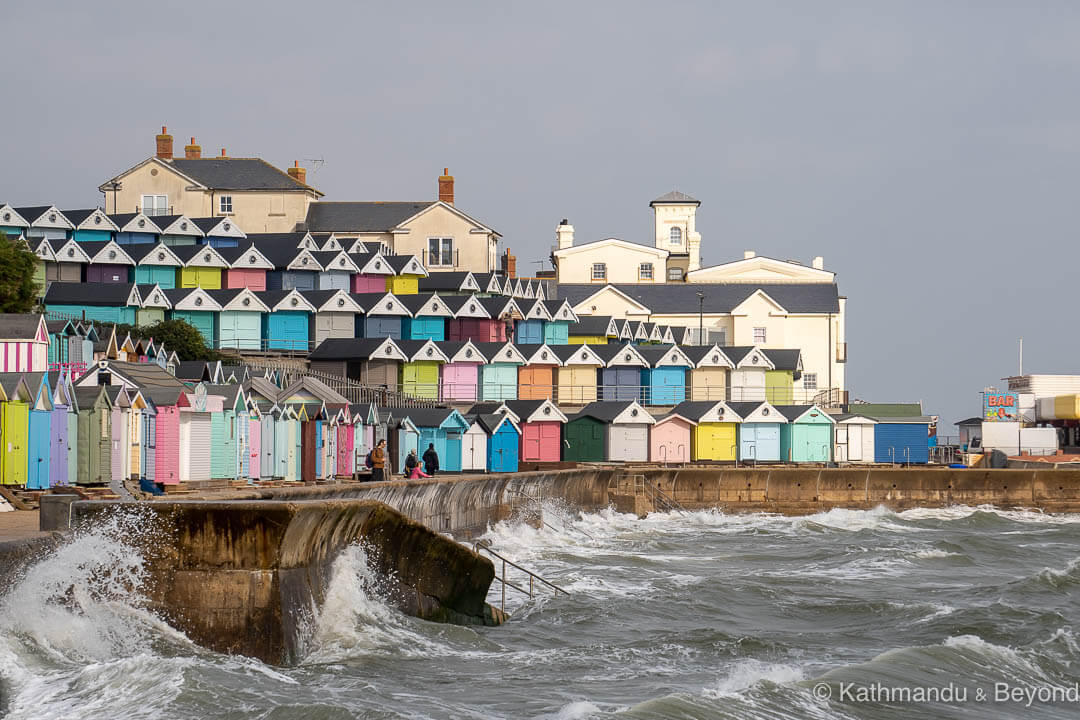
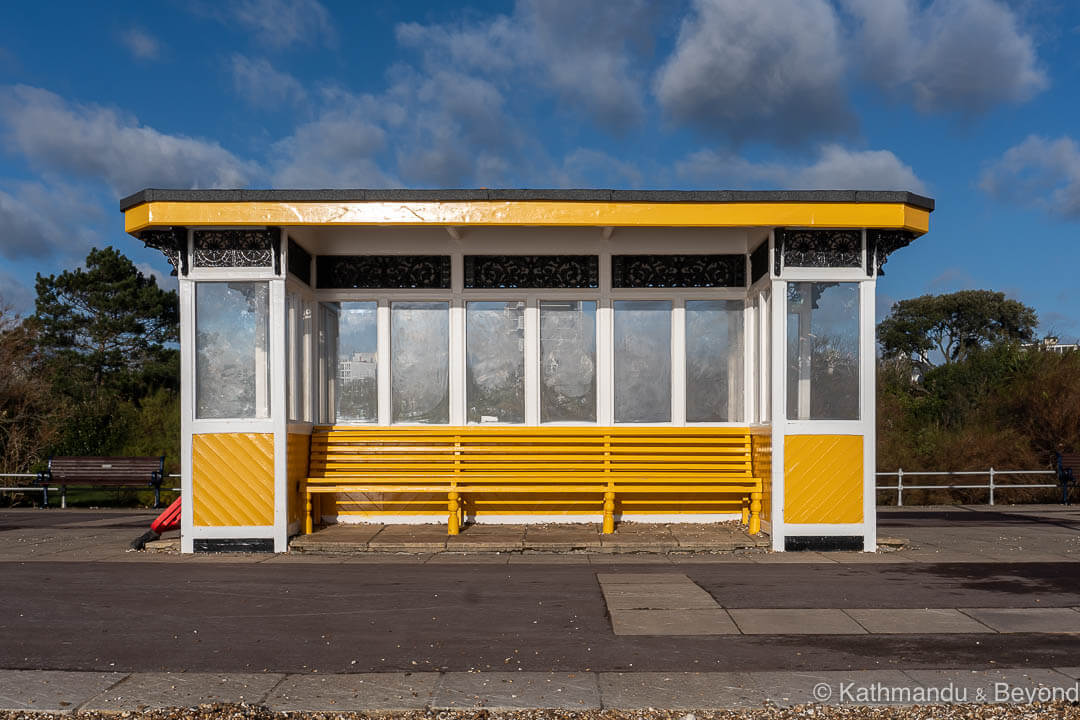
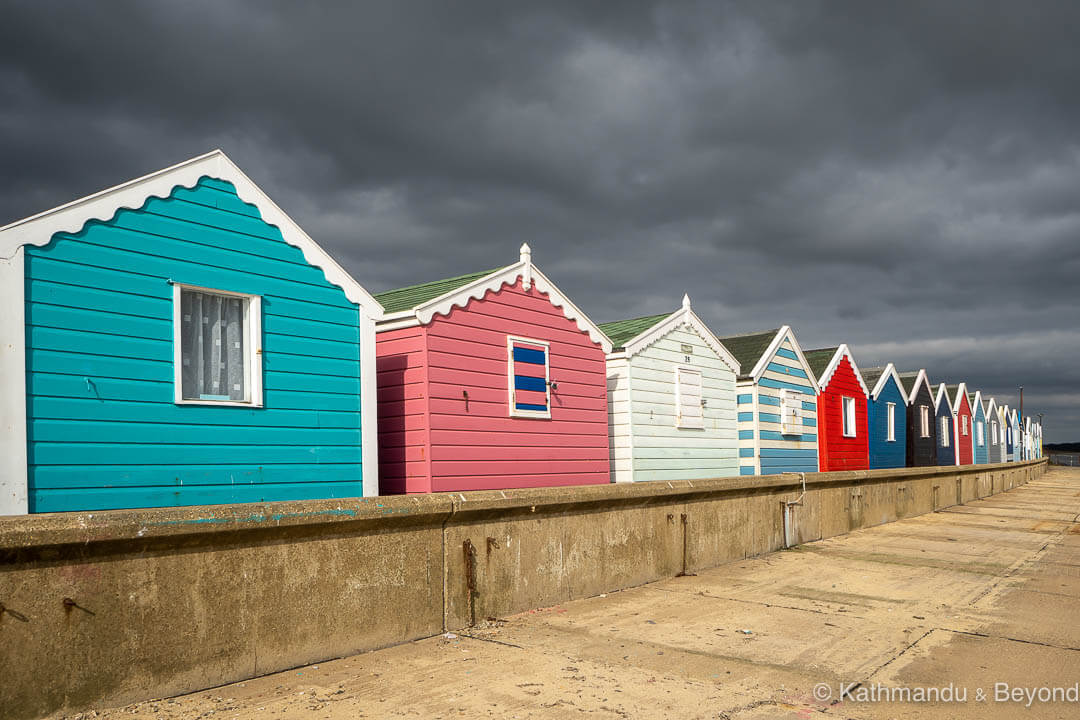
Piers
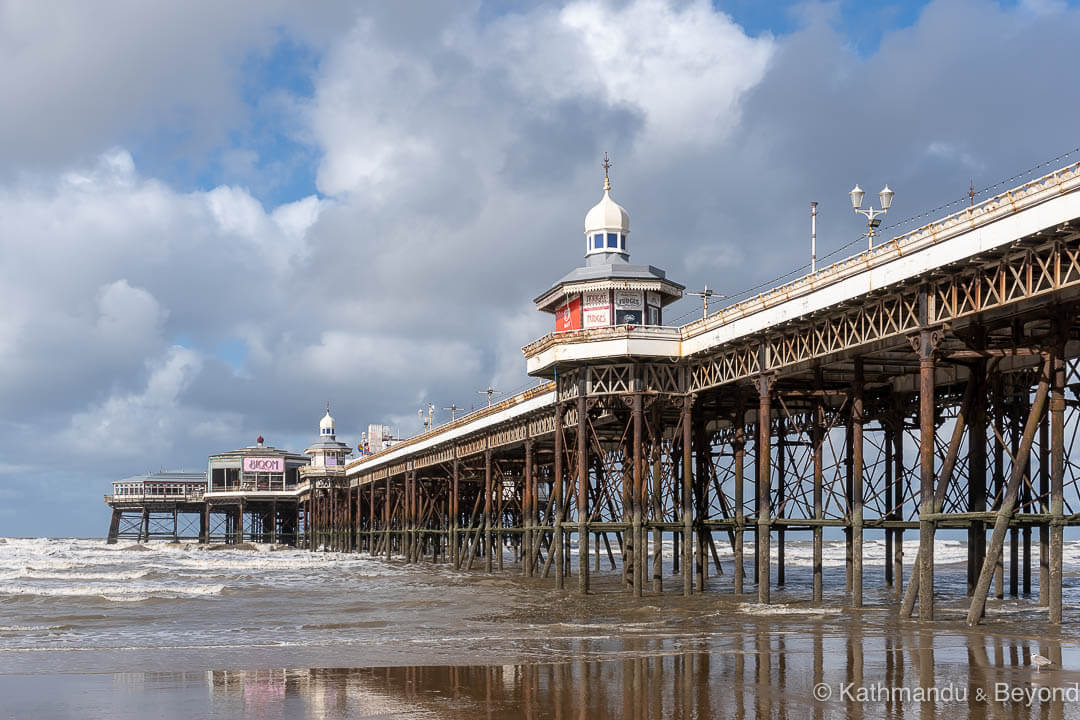
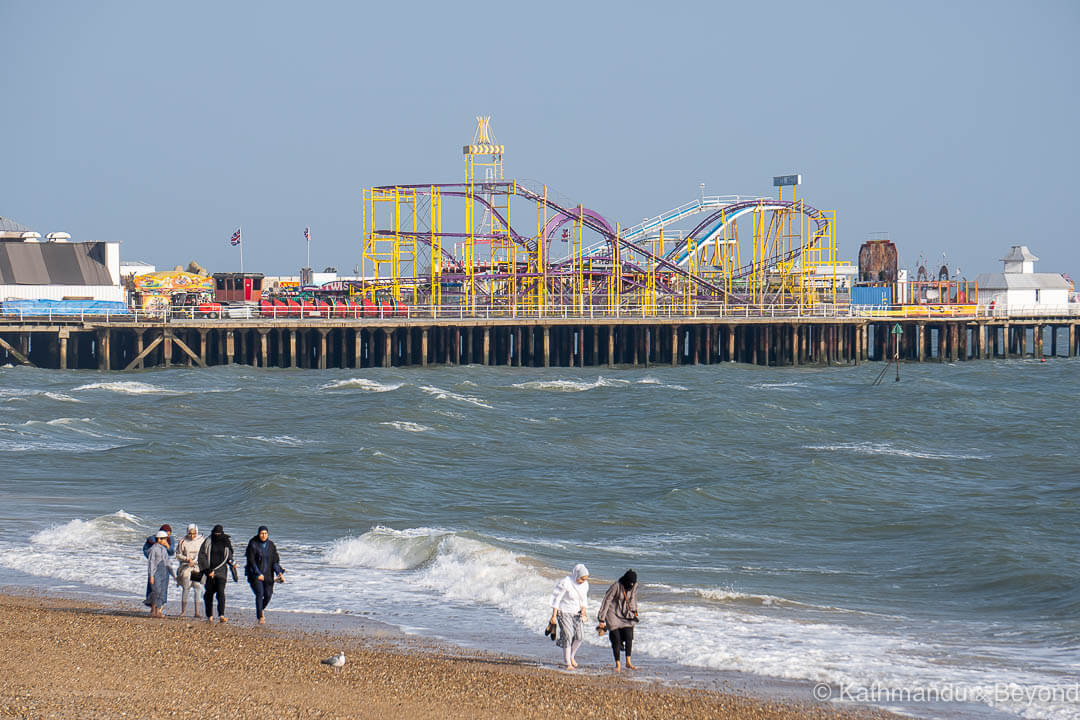
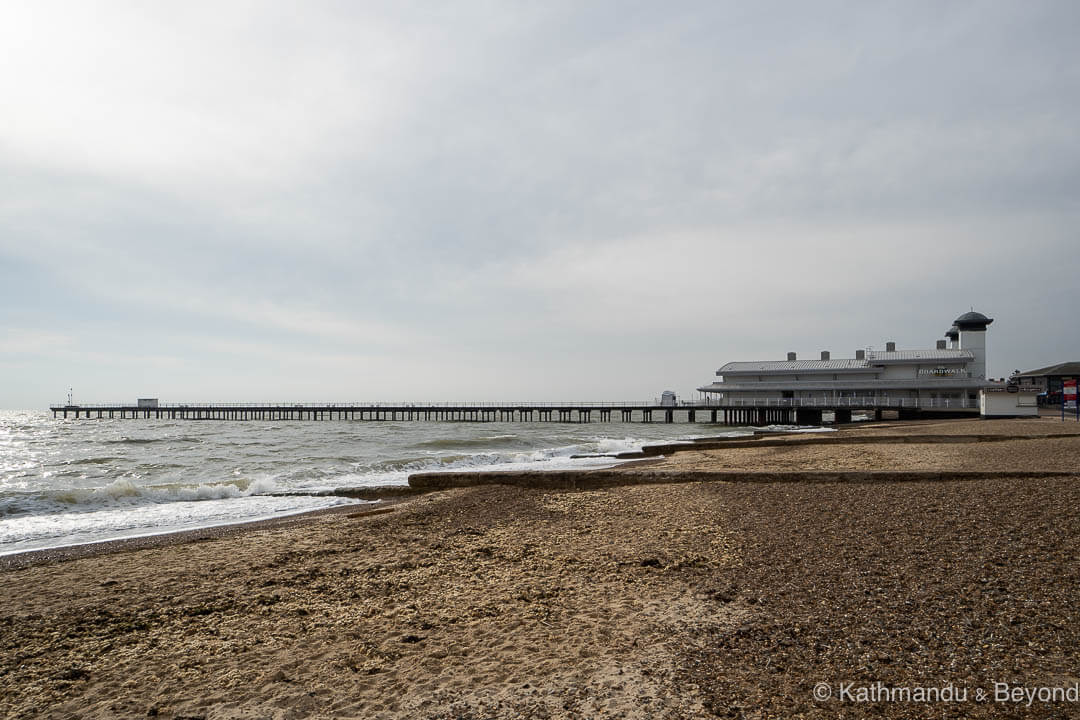
Unusual finds and quirky things
I’ll admit, we do go out of our way to look for unusual sights but now and then we either just come across something that catches our eye, or we are guided in the right direction by a helpful passerby who has observed us photographing something unconventional in the first place!
This happened to us on the outskirts of Glasgow for example. We were photographing the Art Deco India of Inchinnan building, which is not too far from Glasgow Airport and was the work of the same architects who designed the famous Hoover Building in West London, when a cyclist stopped and got talking to us. As well as giving us information about the building in question, he told us to head a couple of miles down the road to Renfrew to see the 1920s-designed White Cart Bridge, a fantastic piece of engineering that remains the only lift bridge left in Scotland.
Another unusually-designed structure, that was on our list before going to see it, was the Elephant Building in Coventry. The peculiar-looking building was added as an extension to Coventry Central Baths in the mid-70s and the design is a reference to the city’s coat of arms, which features an elephant carrying Coventry Castle.
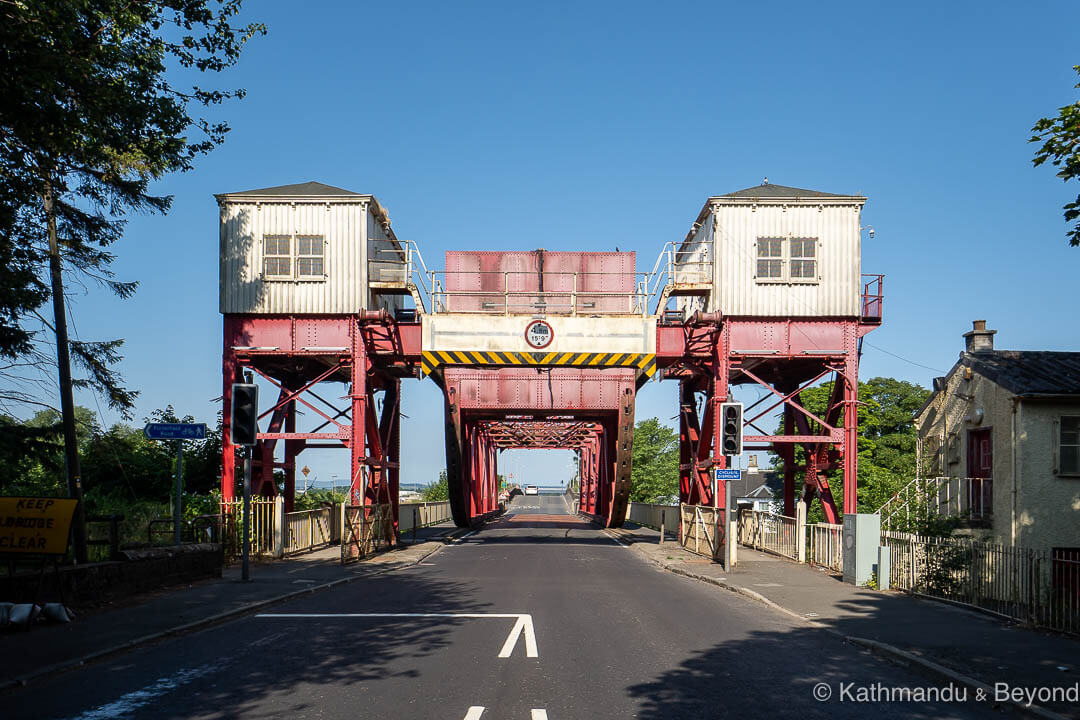
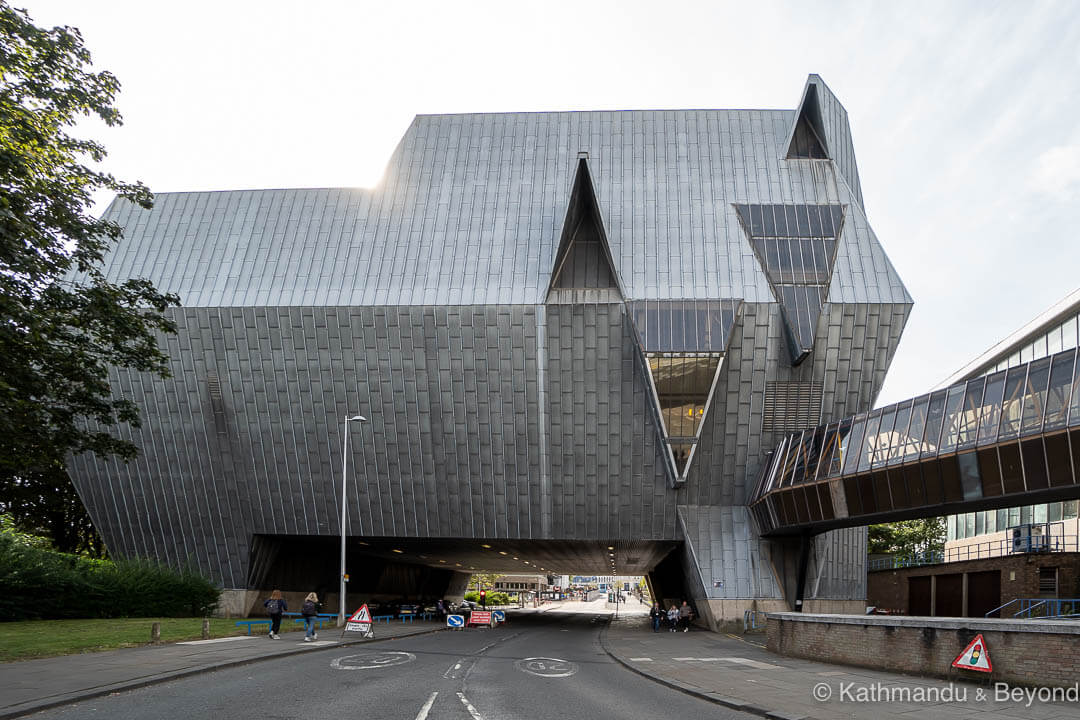
Spotting a shark sticking out of the roof of a terraced house in the Oxford suburb of Headington certainly goes down as one of the more outlandish things we spotted during our road trip. Commissioned by the owner of the house, the sculpture was erected in August 1986 to mark the 41st anniversary of the dropping of the atomic bomb on Nagasaki towards the end of World War II.
It wasn’t so peculiar, however, that we found a statue of Eric Morecambe in Morecambe given that the comic took his stage name (real name John Eric Bartholomew) from the Lancashire seaside town in which he was born. But, I was especially pleased to have come across a sculpture of him as he remains one of my comedic heroes and it gave me the opportunity to show off my best Eric Morecambe impression and quote some of his most-memorable lines …
Another monument, that we stumbled across by chance was that of the revolutionary socialist, Friedrich Engels, in Manchester. We dedicate a lot of time to looking for socialist monuments in the former Soviet Union and Eastern Bloc but didn’t expect to come across one near the centre of Manchester.
There is plenty of information online about the statue and how it ended up in Manchester. In short, the German-born philosopher had strong links with the city, having worked there as a young man at the family mill, plus it was the place where he met his long-term romantic partner, Mary Burns. As for the monument itself, it was salvaged from a village near the Ukrainian city of Poltava in 2017, a couple of years after the country introduced its decommunisation laws which included the removal of monuments and memorials erected during the Soviet era. The sculpture, which was severed at the waist when discovered, was loaded onto a flatbed truck and driven across Europe to Manchester by a British artist, Phil Collins (not the drummer/singer!), where it was restored and unveiled in the city’s Tony Wilson Place (so named because it is close to where the legendary Haçienda Club, co-founded by record label boss, Tony Wilson, used to be).
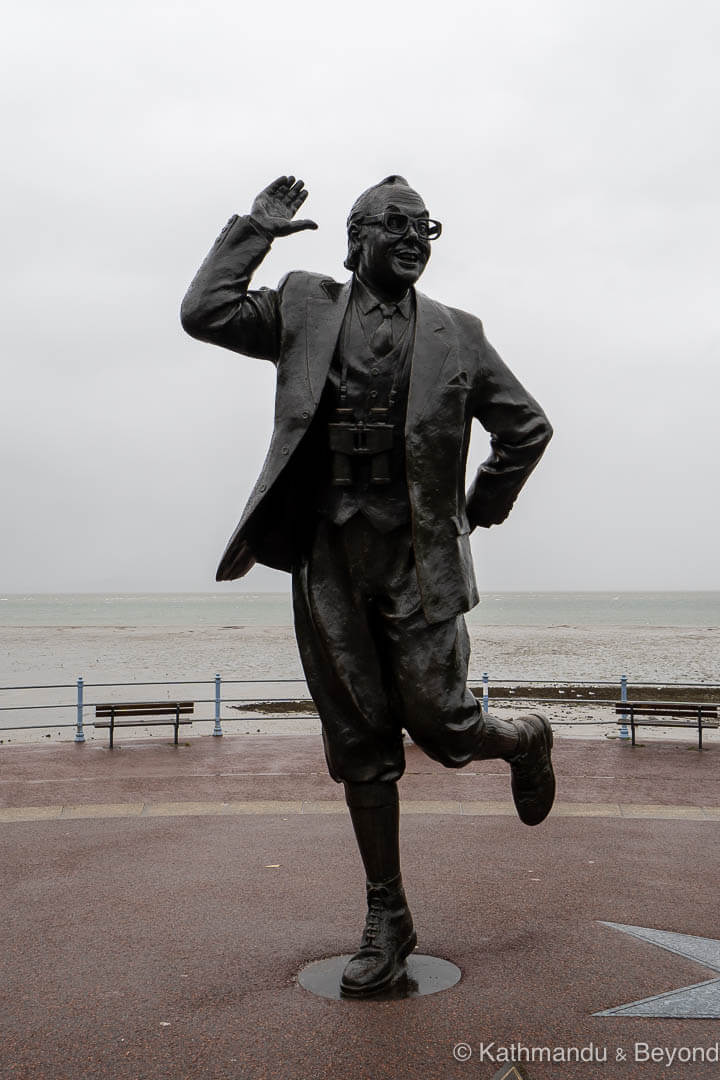
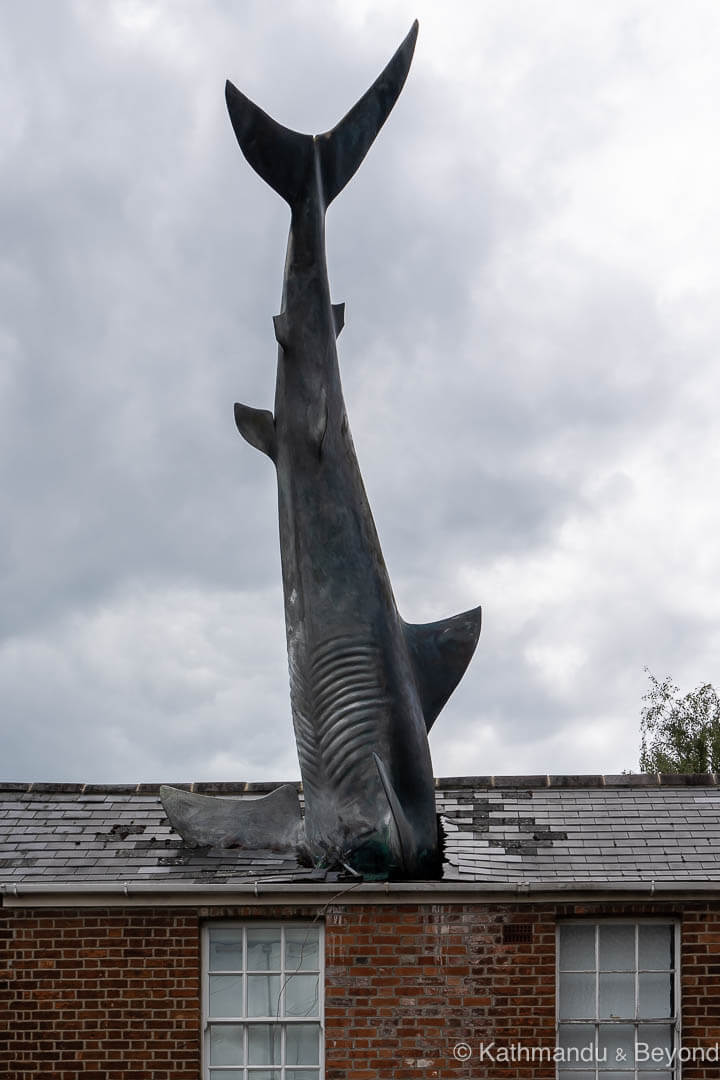
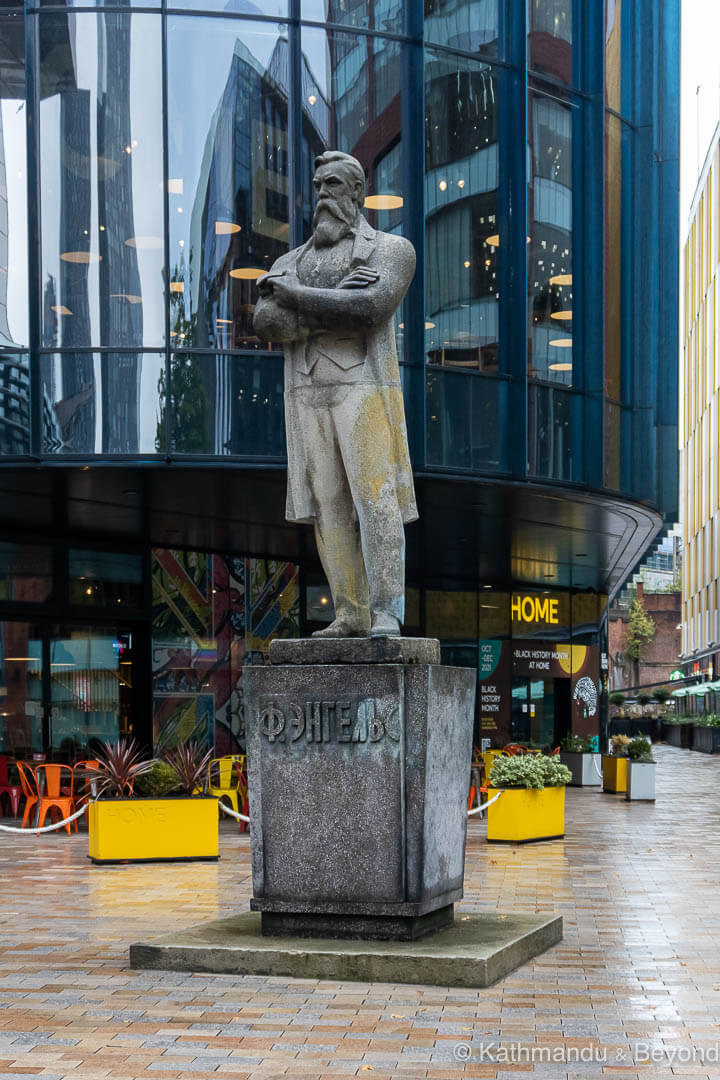
Our favourite unexpected find was the car park at Wolverhampton Railway Station. Why, you may ask? Simple. It features the ultra-retro Double Arrow, a logo that ignites fierce memories of being a kid and a teenager in the 1970s and ’80s. Slogans and tv ads such as “Let the train take the strain” and “Inter-City makes the going easy”, being rammed into the single smoking carriage on the way back from school with all your mates, and hanging around on cold platforms – all memories that came flooding back as soon as we clapped eyes on this instantly recognisable signage.
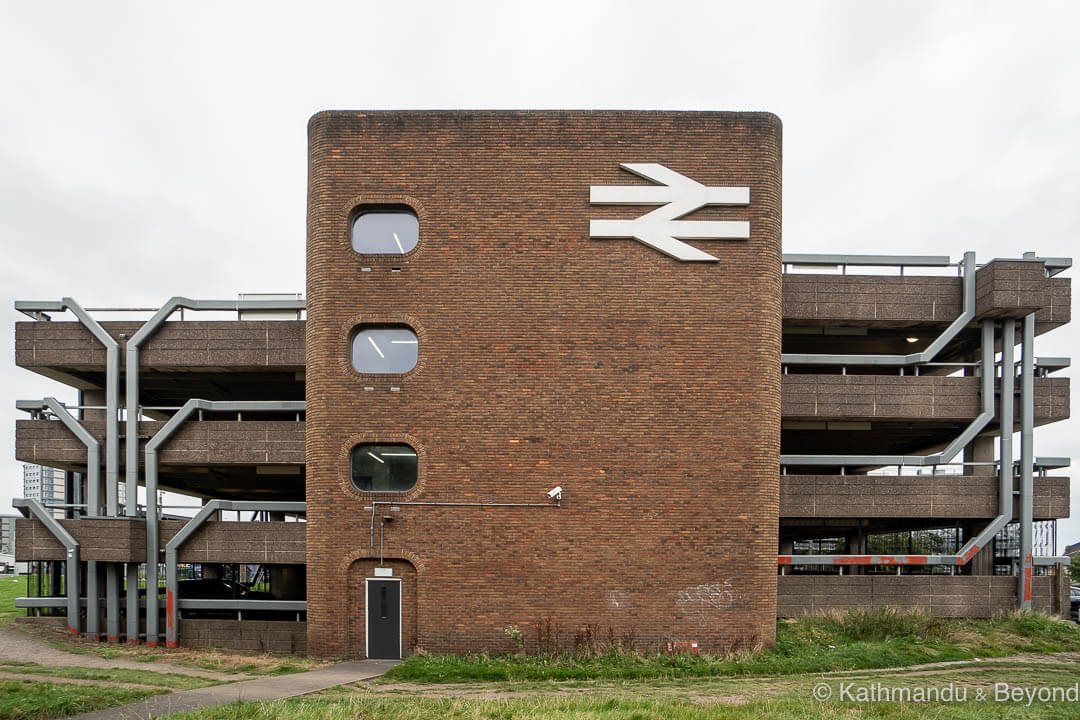
Street Art
Keeping in mind that it’s me writing this post, and not the street art fanatic that is Kirsty, we saw some terrific urban art during our exploration of the British Isles. Huge pieces, clever pieces and pieces by renowned artists, we saw so much street art and, for the best part, I enjoyed it in equal measures to Kirsty.
It would be a difficult, actually impossible, task to single out specific murals that we really liked. Plus, Kirsty intends to compile individual street art posts, city by city, in due course. But, there were specific areas around the country where the art was abundant and top-notch. Digbeth in Birmingham falls into this category, as do parts of Glasgow and North Laine in Brighton. Baltic Triangle in Liverpool was another great place for street art, and Banksy spent part of the summer of 2021 taking a ‘spraycation’ (great word!) in Suffolk and Norfolk, creating eight new pieces in coastal locations such as Great Yarmouth and Lowestoft.
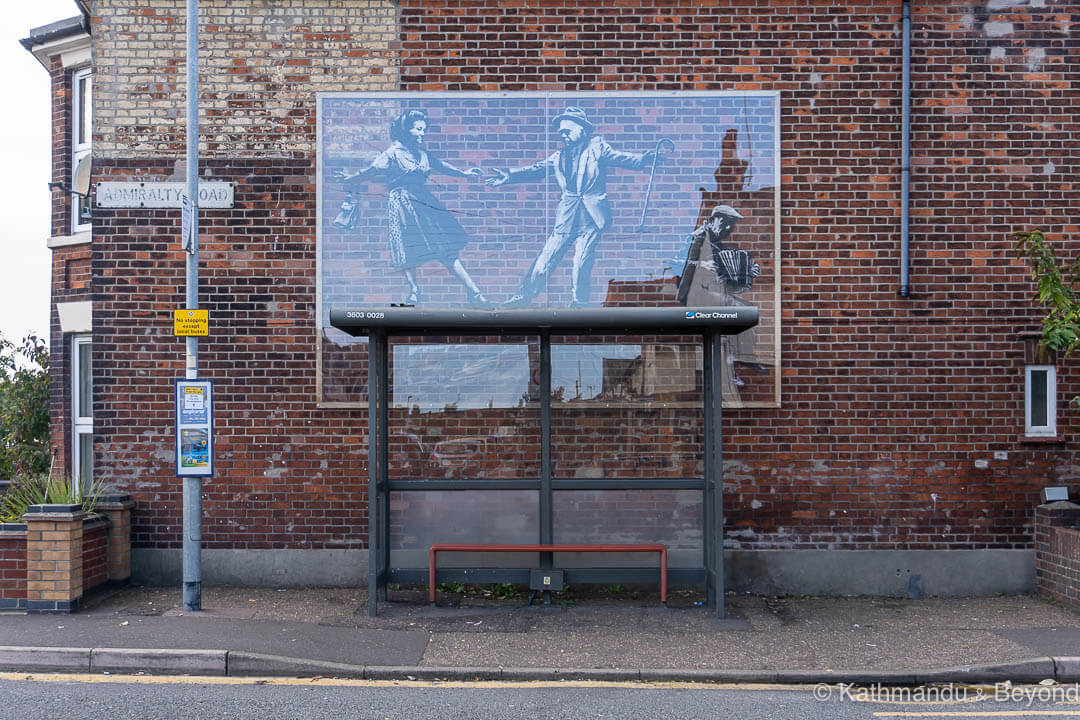
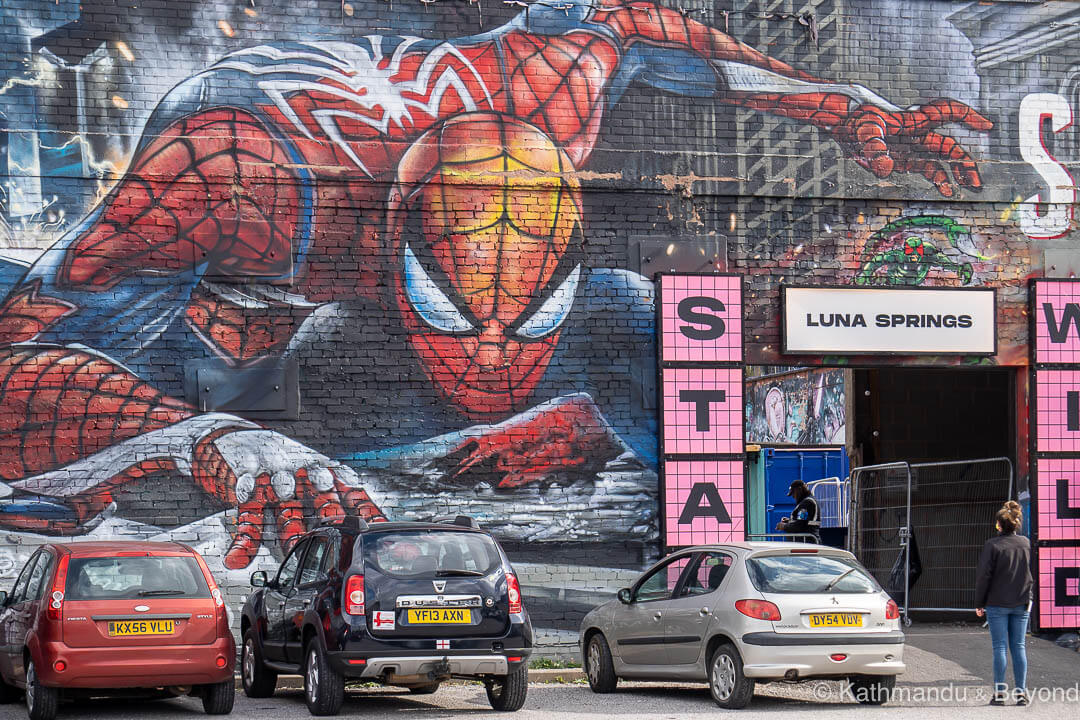
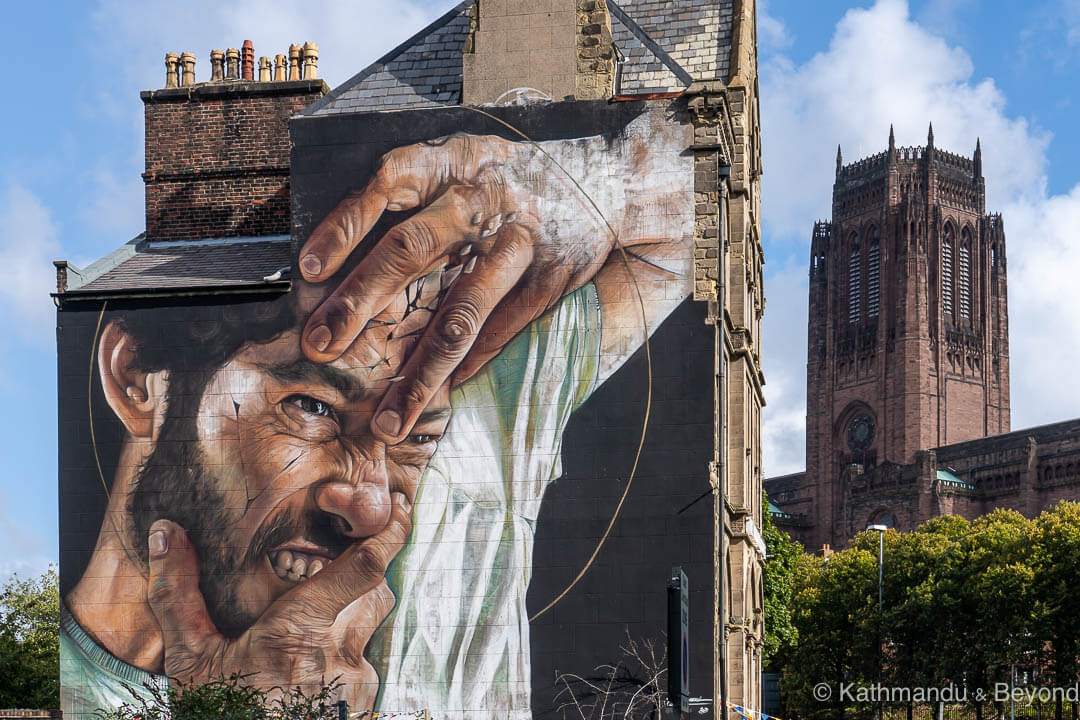
Probably the place where we were impressed the most by the street art we saw was New Ferry in the Wirral (Merseyside). A high percentage of the local shops in this small town had been spray-painted with murals to reflect their usage and the services they provided. The art looked great and brightened up the town’s high street.
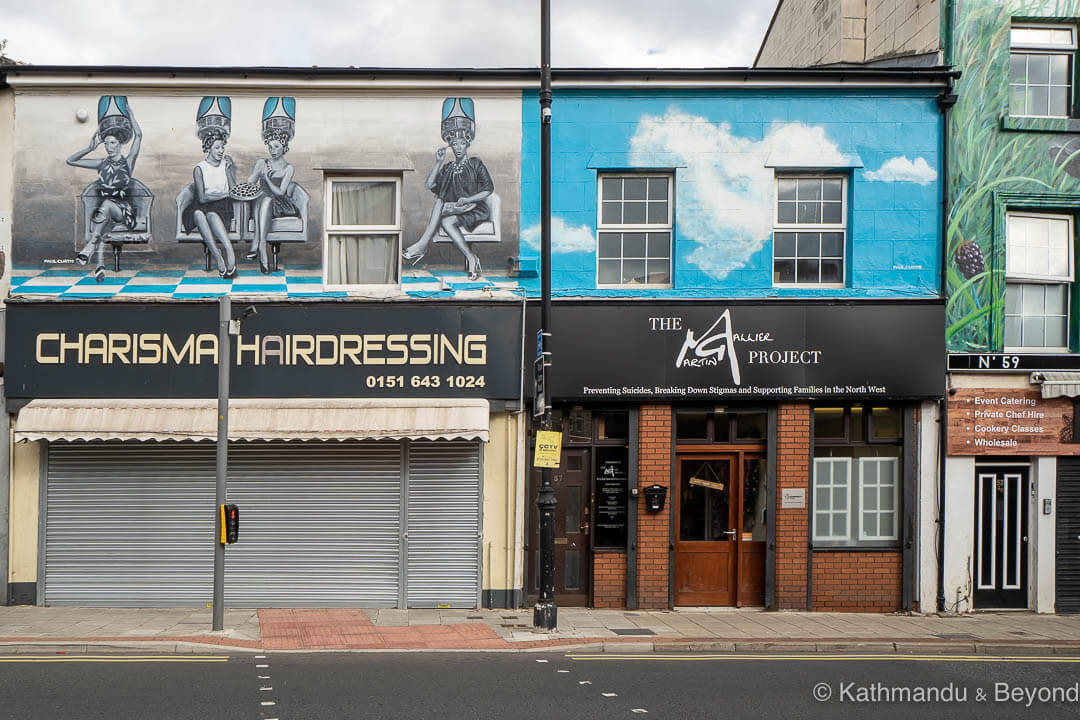
Castles, abbeys and priories
In other words, medieval stuff!
Making full use of our English Heritage membership, we visited some magnificent historical (and photogenic) ruins during our travels and, as with the street art, it’s tricky to whittle it down to just a couple of favourites. If push comes to shove, however, Whitby Abbey would be right up there, as would Scarborough Castle because of its fabulous location, as much as for the castle itself. Other places with breathtaking positions included Dunstanburgh Castle near Craster and the highly, but justifiably, popular Lindisfarne Castle on the Holy Island of Lindisfarne.
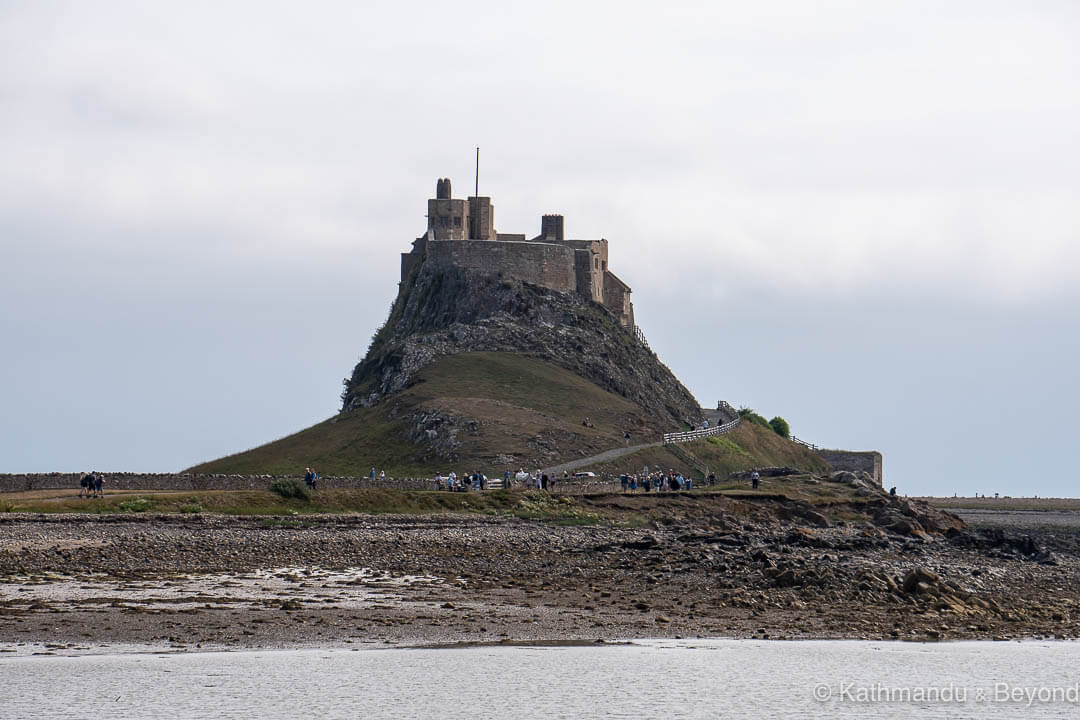
Castles and Keeps we visited, where we thought ‘Good luck penetrating that!’ if you’re up for a good old fashion Game of Thrones-style assault, included Castle Rising in Kings Lynn, Pevensey Castle in East Sussex and the mighty Bamburgh Castle on the coast of Northumberland. With the latter, we just missed it being used as a filming location for the up and coming, and yet-untitled, new Indiana Jones movie. According to the attendant in a nearby car park we got talking to, the use of Nazi swastikas on the exterior of the castle walls along with some other undertakings by the film crew caused some of the locals to complain and, by way of an apology, the producers apparently provided the village with a new kiddies playground!
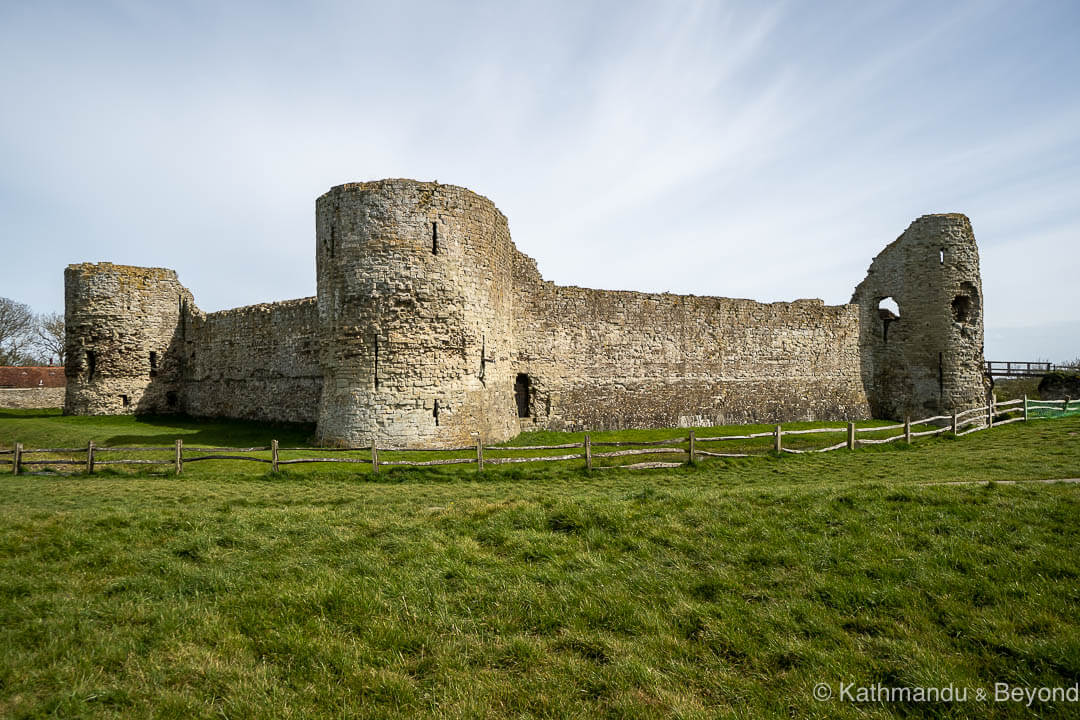
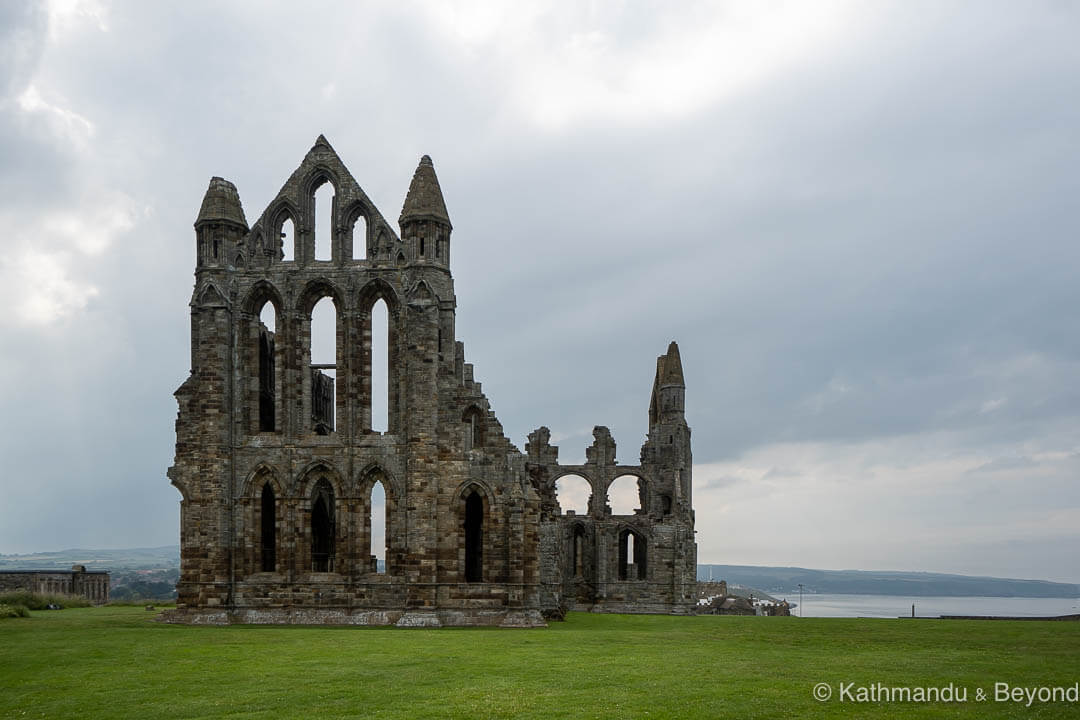
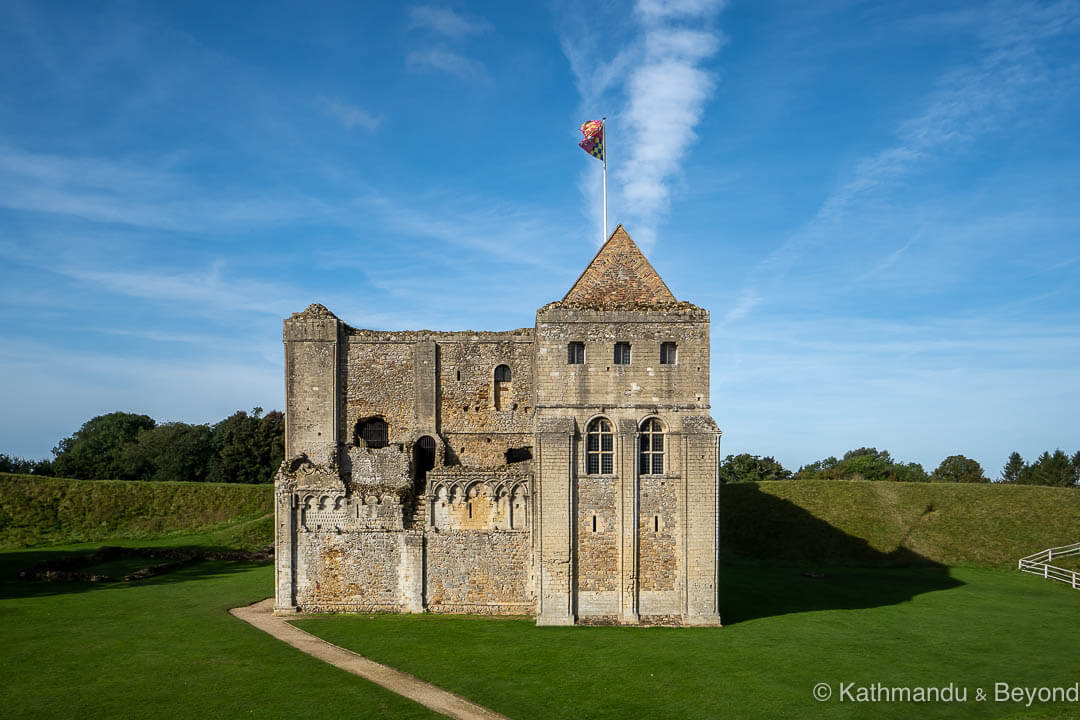
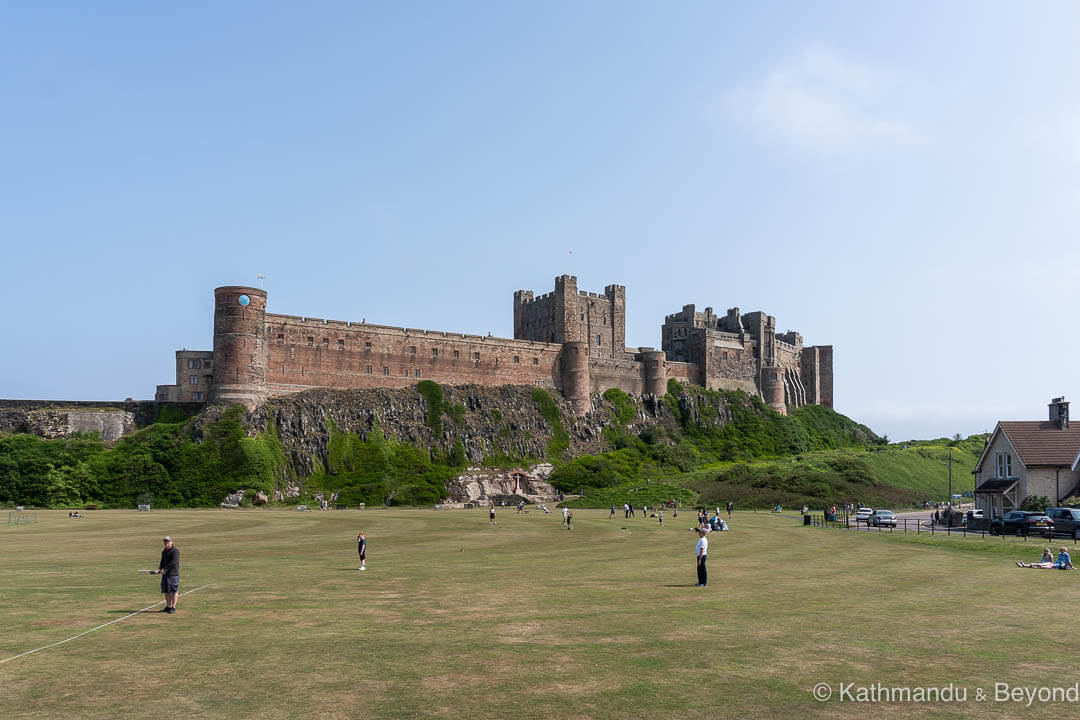
Faded grandeur
We regularly used the term faded grandeur when we worked in the travel industry, notably to describe heritage hotels that were full of character but also a bit ropey around the edges. The saying, which sounds so much nicer than tired and knackered, can equally be applied to many of the rundown and dilapidated buildings that we came across in towns and cities across the British Isles.
Not wanting to stereotype the North, but it was mostly in this part of the country, including areas of Scotland, that we would find structures that were clearly once grand but now neglected and in need of some TLC.
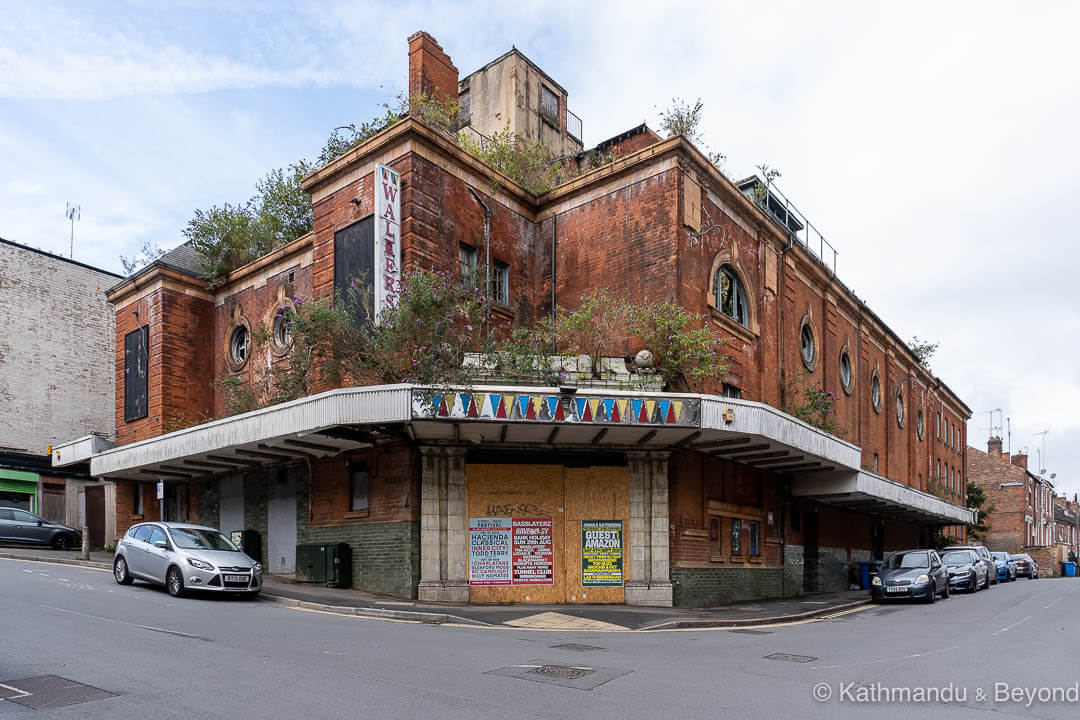
Most commonly, these buildings were either cinemas or theatres dating back to the 1930s and were either in Art Deco or early modernist style. Many of them were converted to bingo halls when the popularity of television sets from the 1950s onwards led to a decline in people going out to the cinema and, to a lesser extent, the theatre for their visual entertainment.
But then Bingo went out of fashion and the saving grace for a reasonable percentage of the structures that did not survive the trends came from an unlikely source, the church. More specifically, the modern religions such as the Evangelists, Jehovah’s Witnesses and the Brazilian-based Universal Church of the Kingdom of God (UCKG). These organisations would buy the buildings for a song and convert them into places of worship.
However, not all of these old picture houses and theatres have been ‘saved’ by the church, or other sources such as the pub trade for example (*), and it’s not uncommon, particularly in rundown areas, to come across a building with character that is in an awful condition and with a fate that is uncertain.
(*) Pub company, J D Wetherspoon have taken on and decked out many heritage buildings in the UK, including former banks, churches and bathing houses, as well as old cinemas and theatres. Many of the chain’s interesting boozers are listed buildings there is a section dedicated to the history behind them on their website.
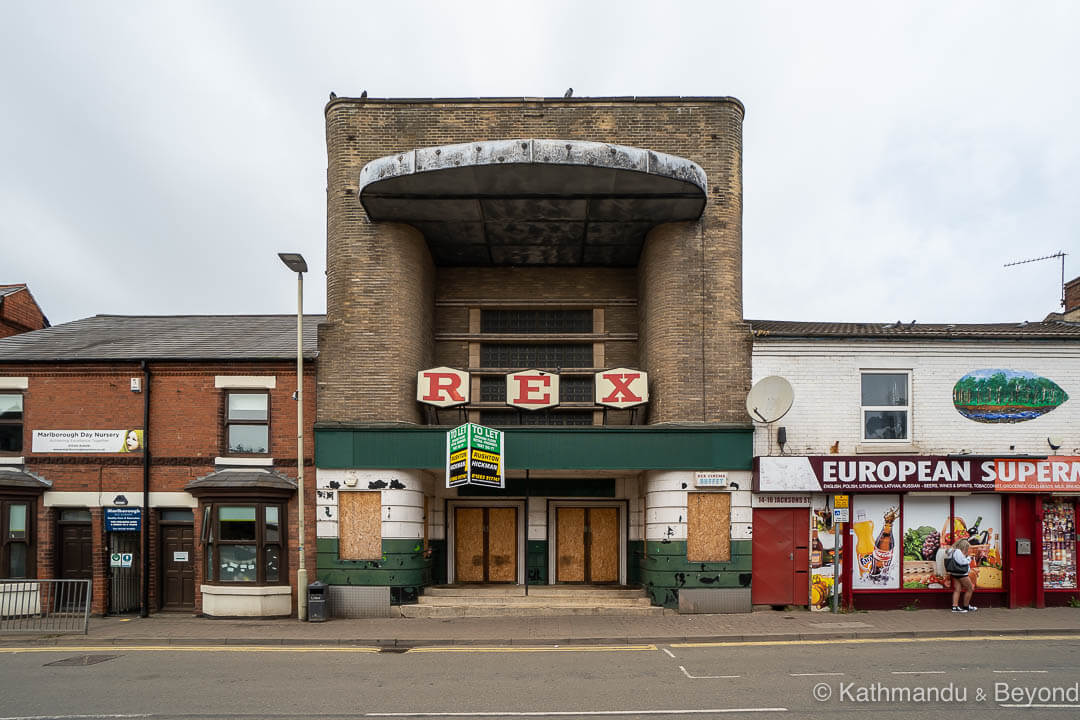
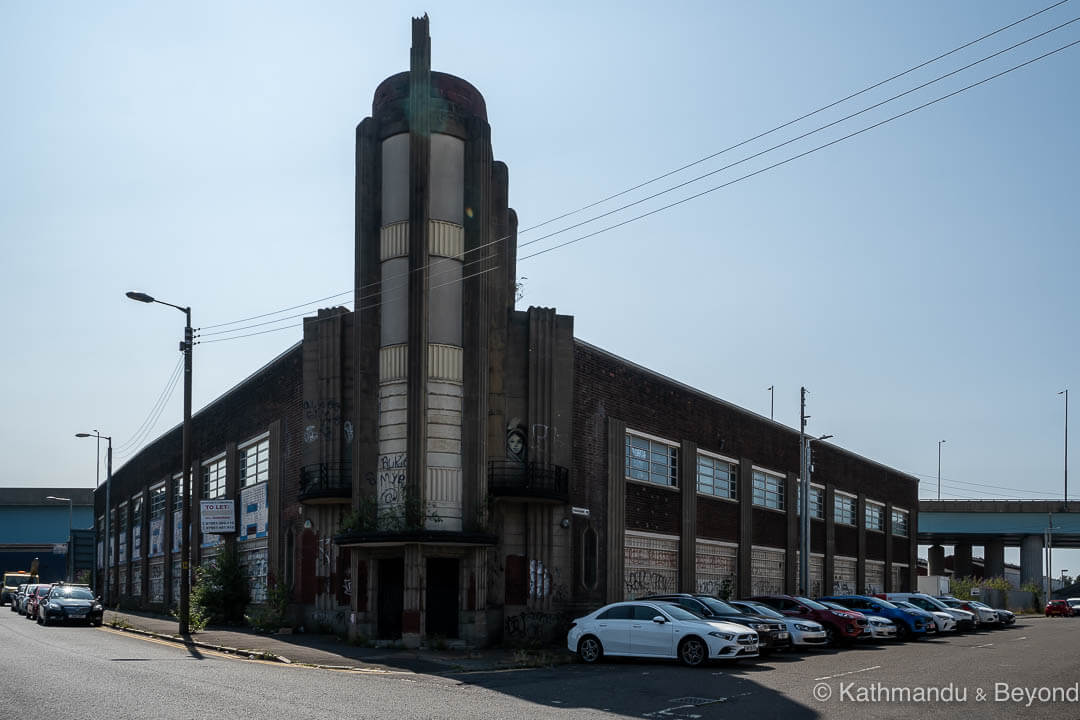
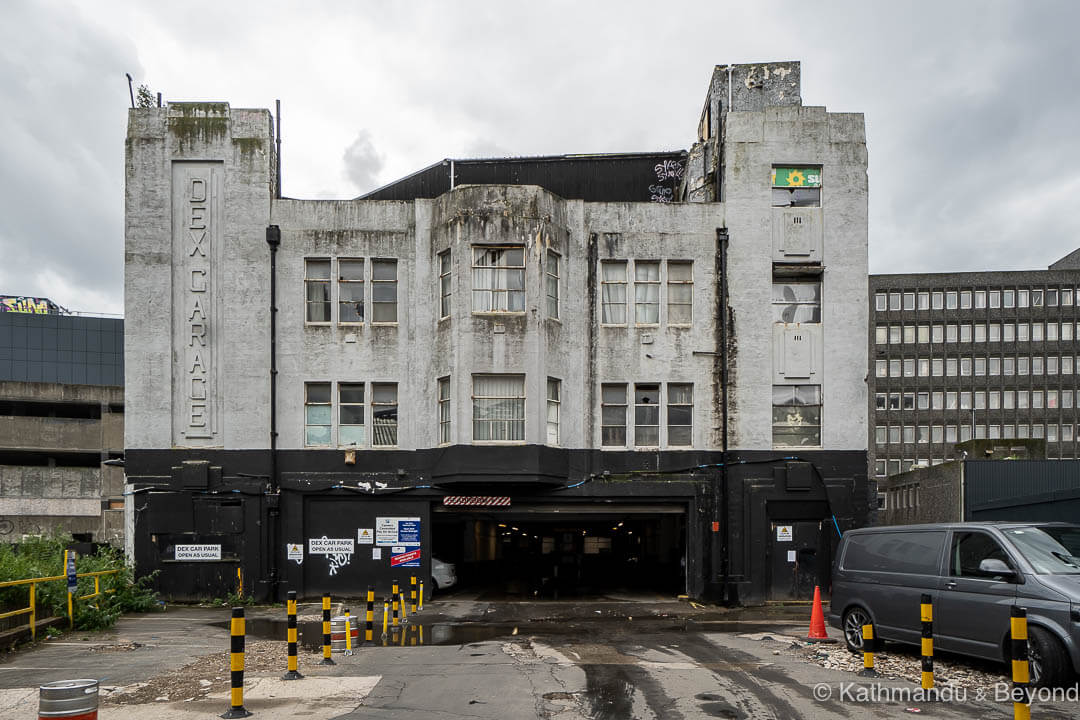
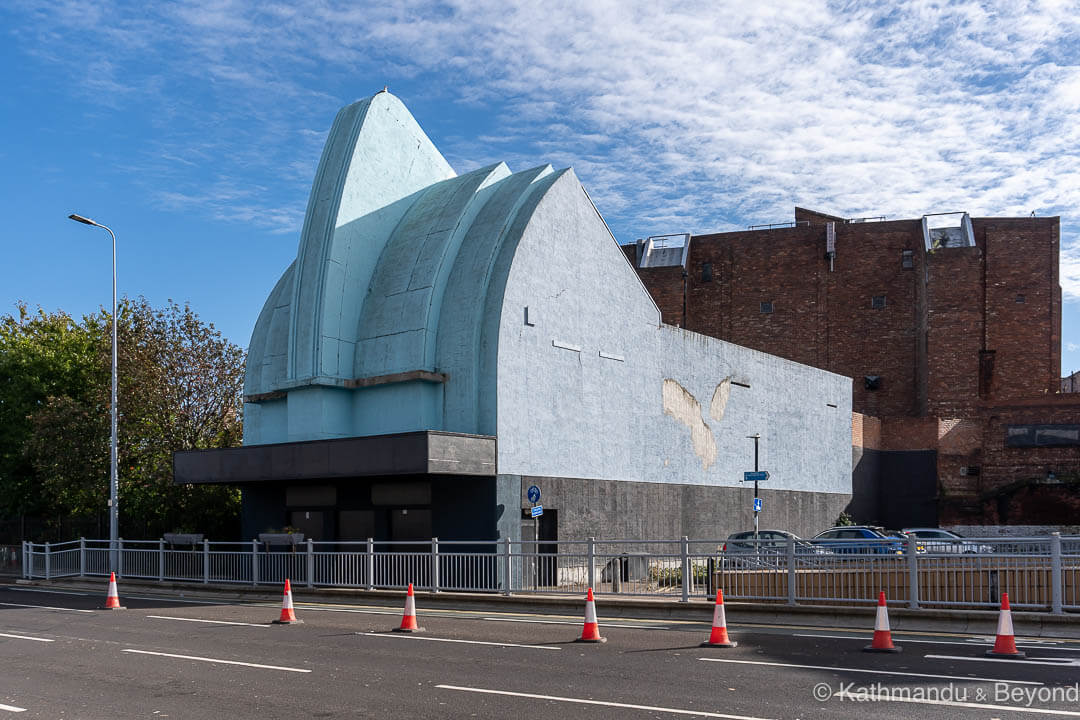
Retro cars and other vehicles
And finally, we do have an eye for a classic car from a certain era. Think The Professionals, Ashes to Ashes or The Sweeney, in other words from the 1970s through to the 1980s. Shiny and lovingly looked after or neglected and uncared for, we are not fussed as long as it fits our criteria.
The bulk of our collection of retro and vintage cars derives from the former Soviet Union and Eastern Bloc but we did see a handful of stylish vehicles from the era in the UK and they are now part of the portfolio. ‘Herbie’ in Ashby-de-la-Zouch has to be the coolest of the bunch but the VW Camper in Liverpool runs a close second!
